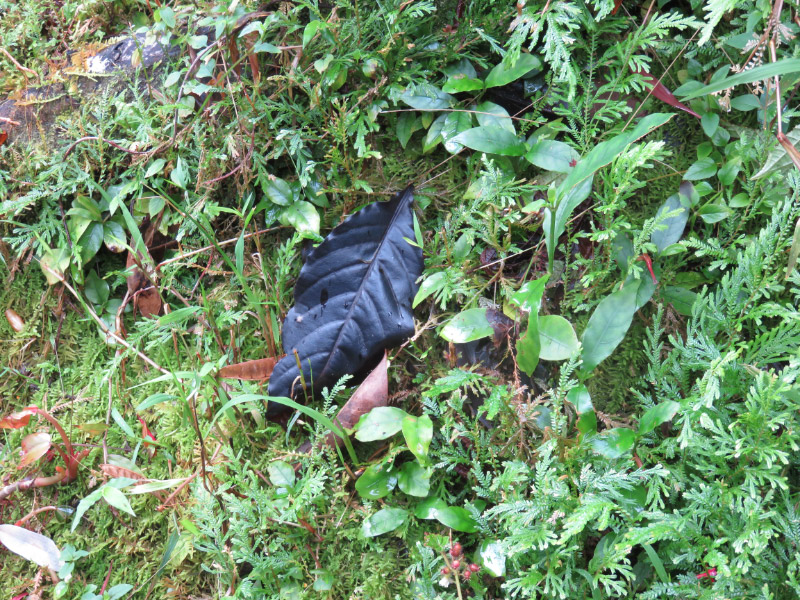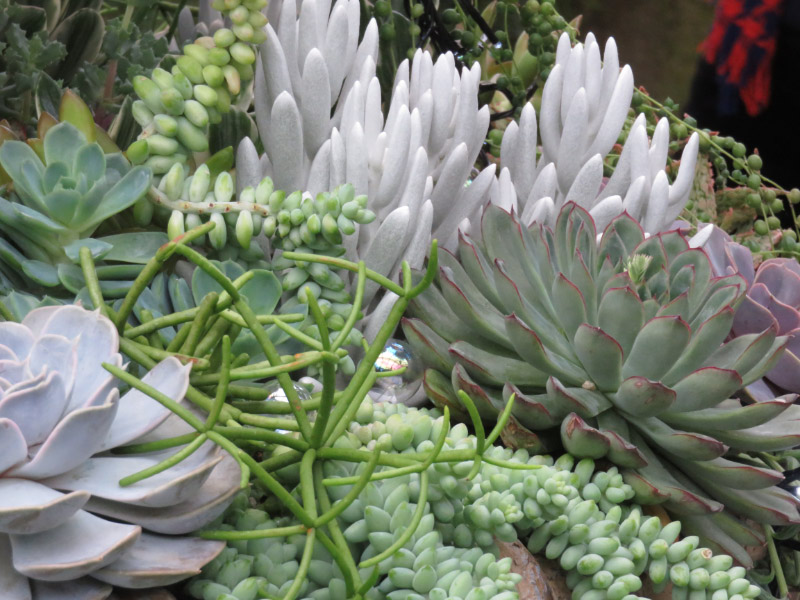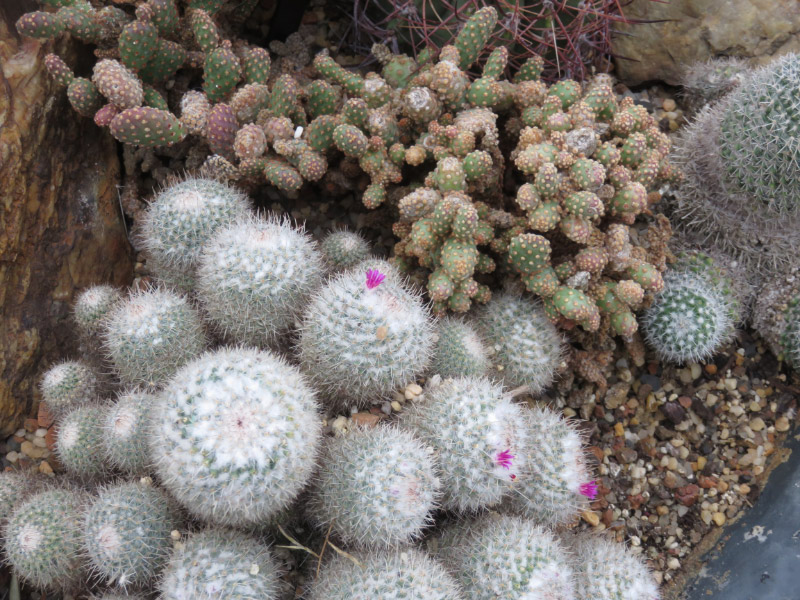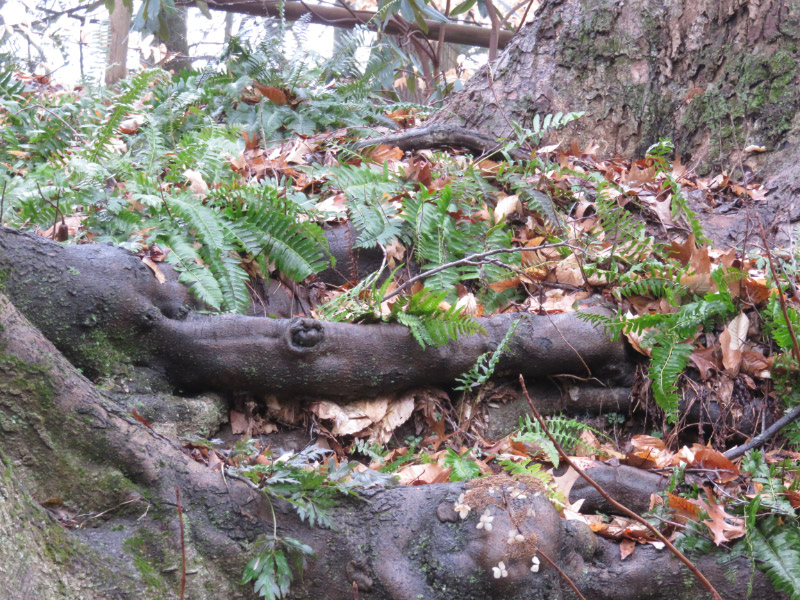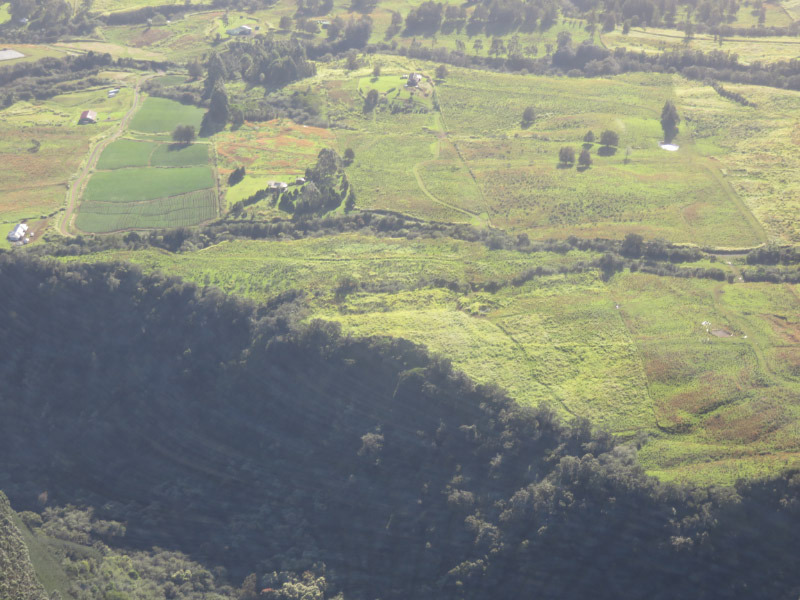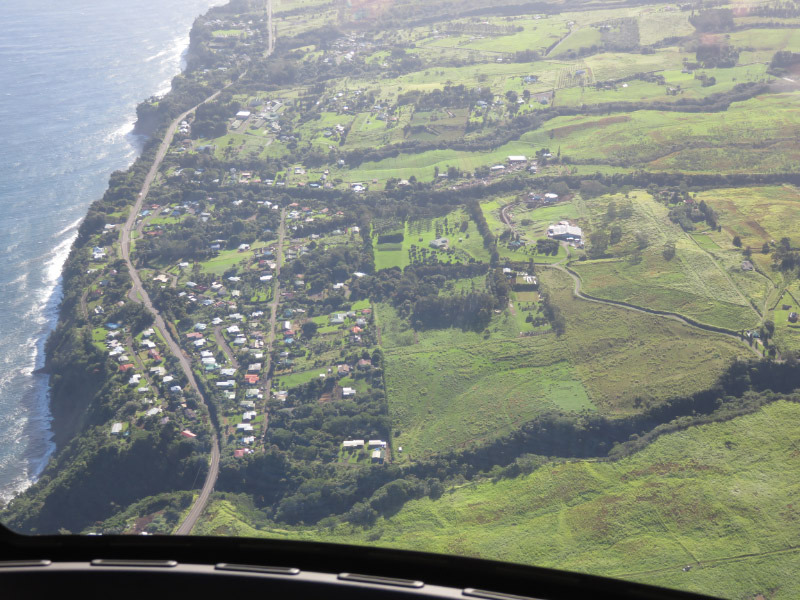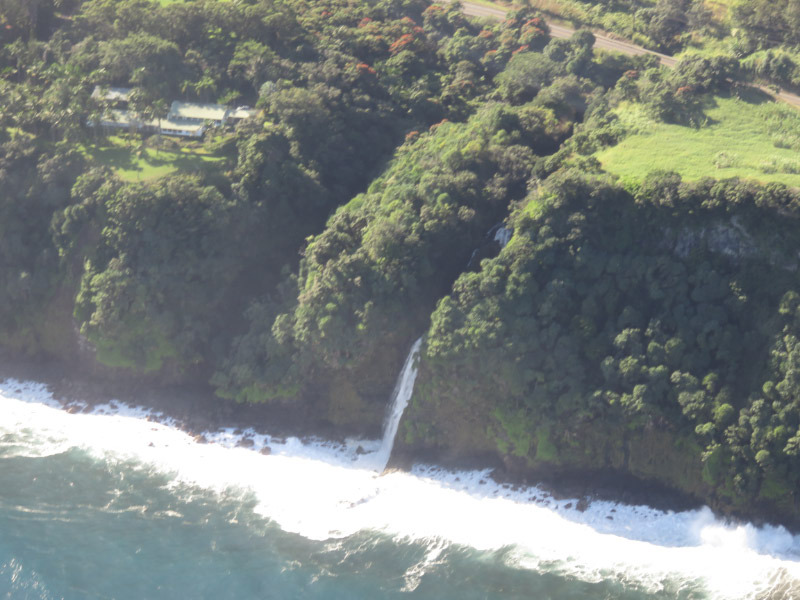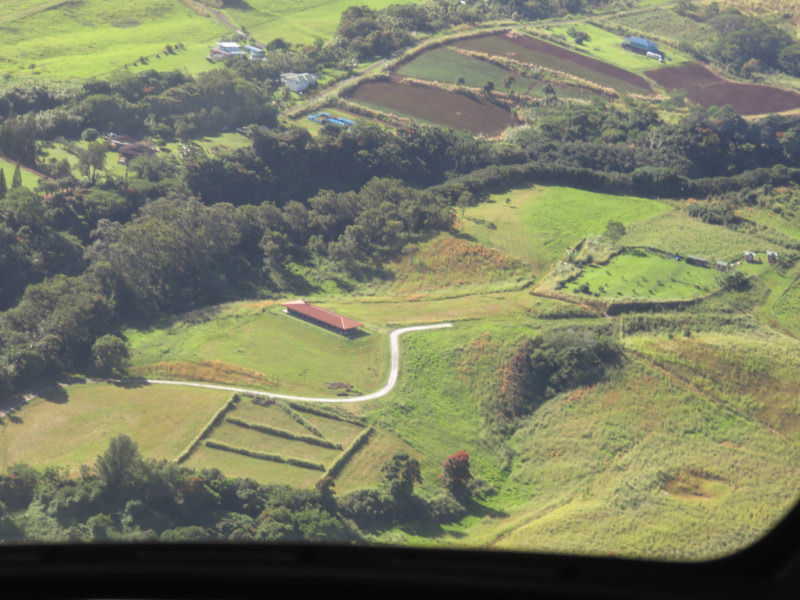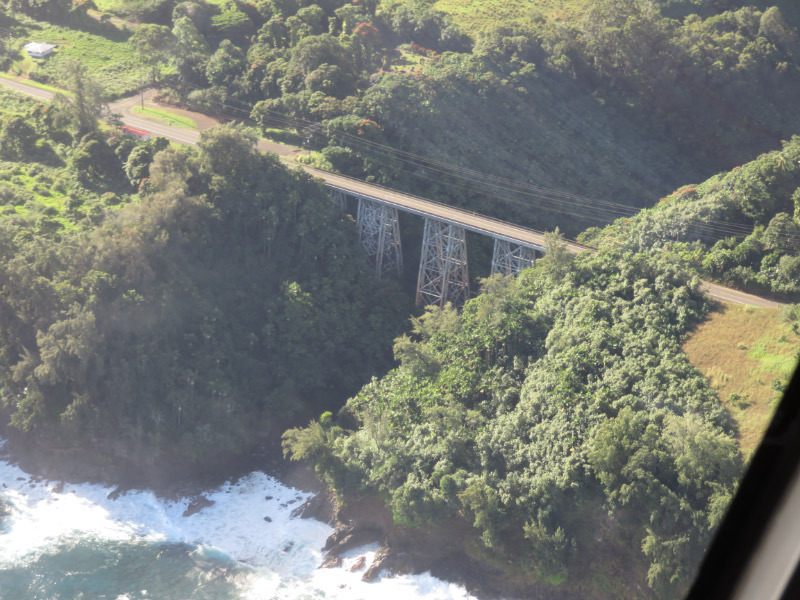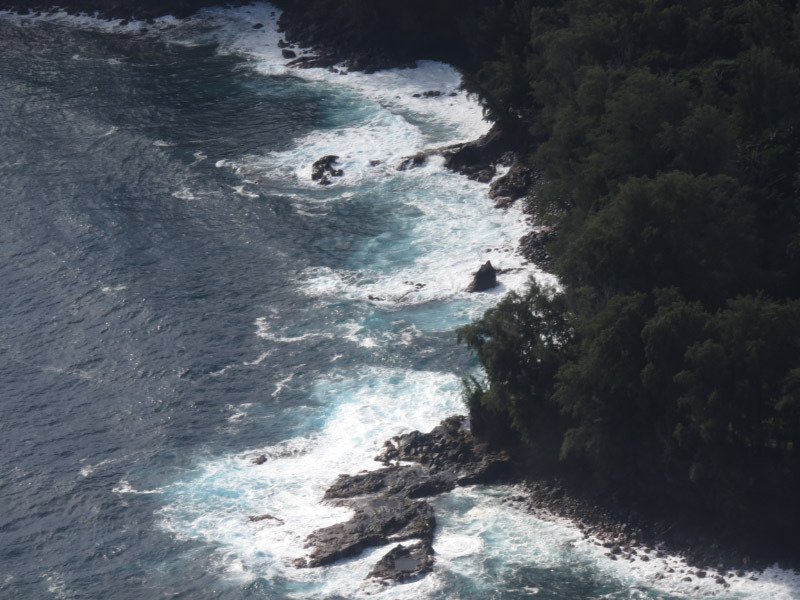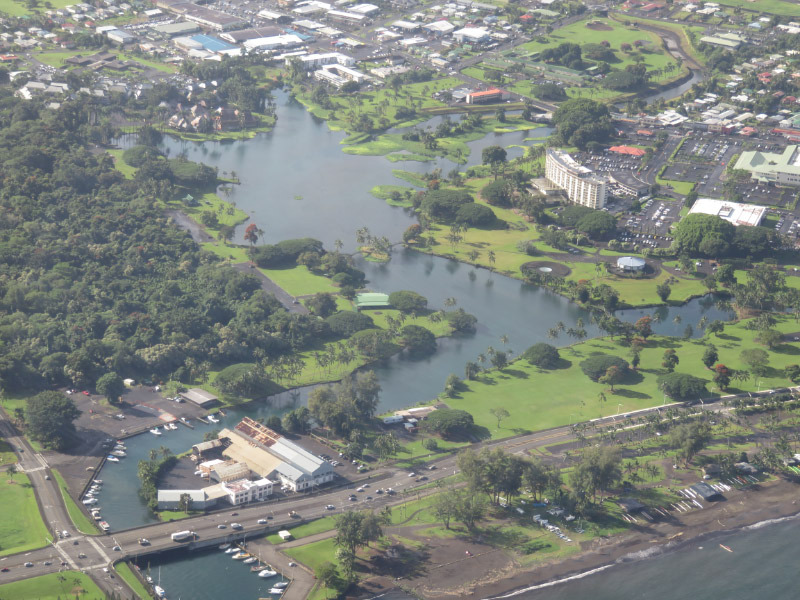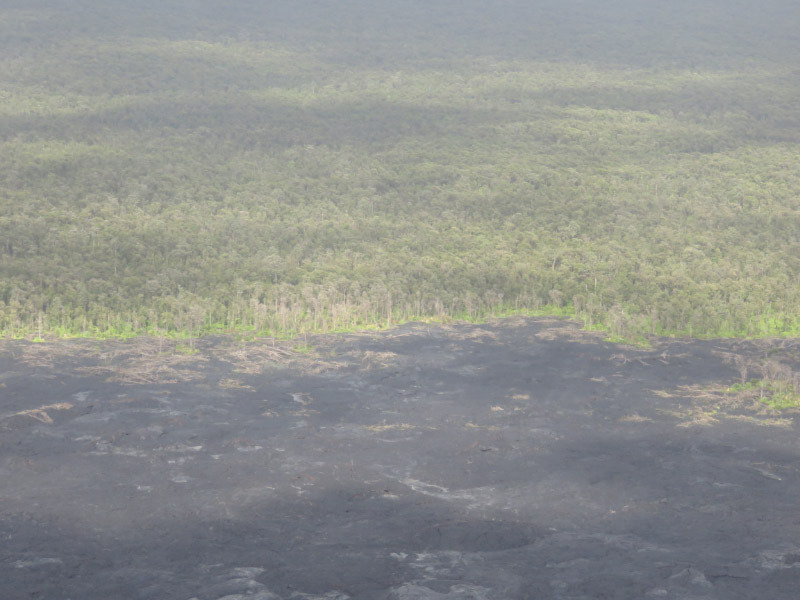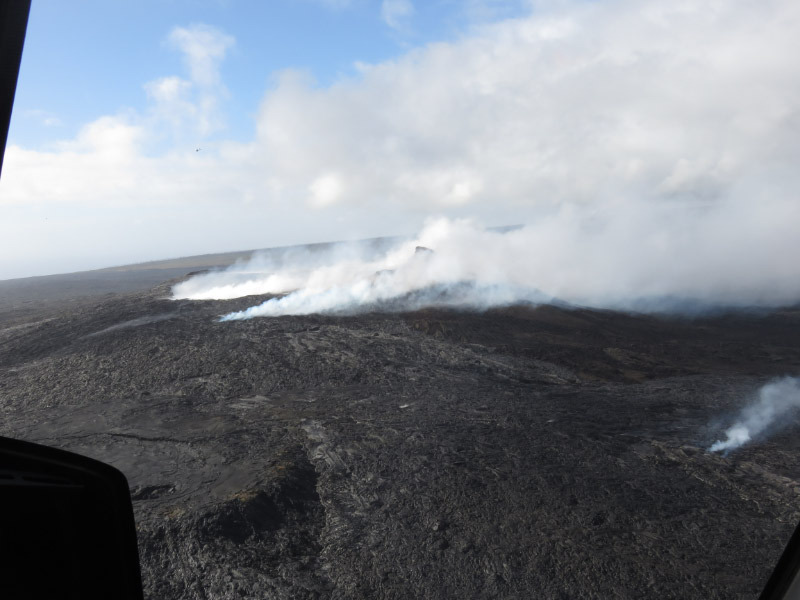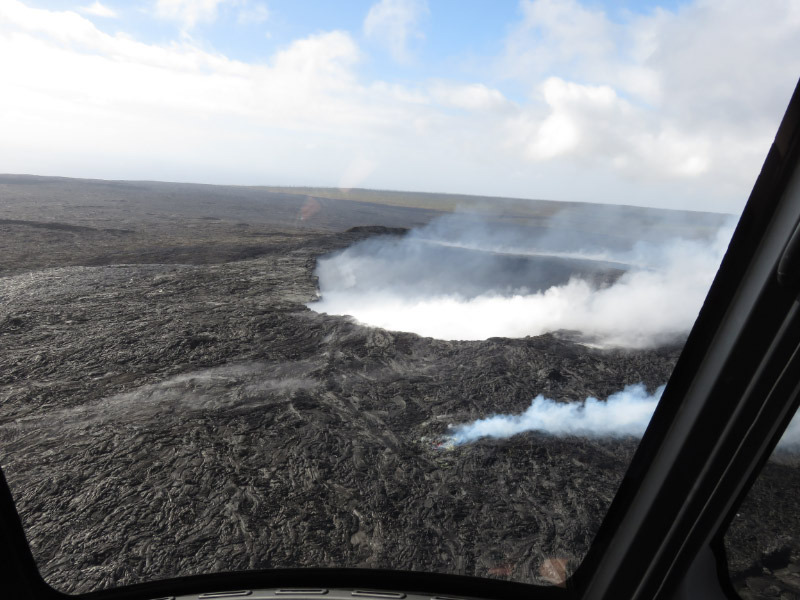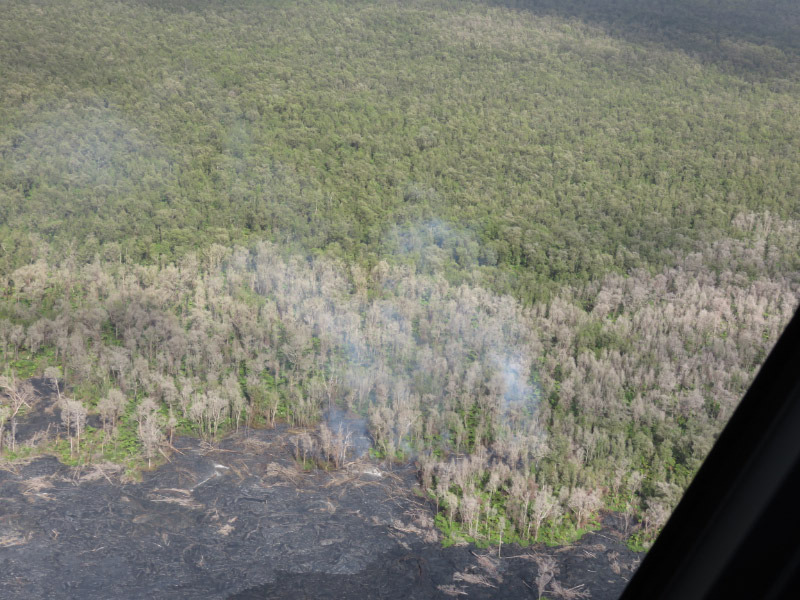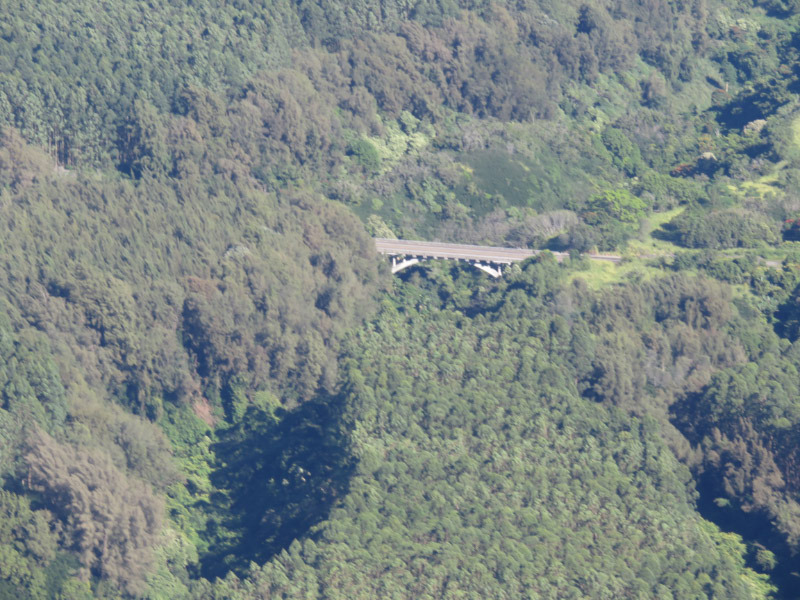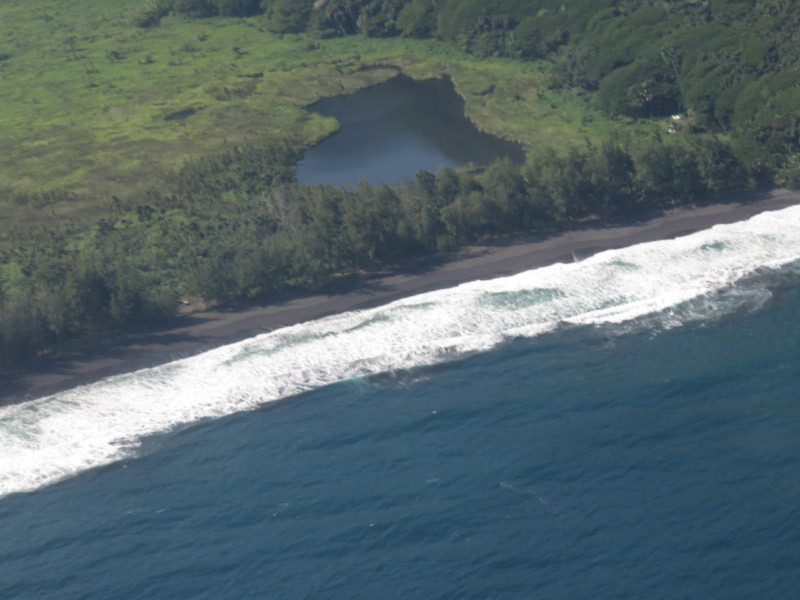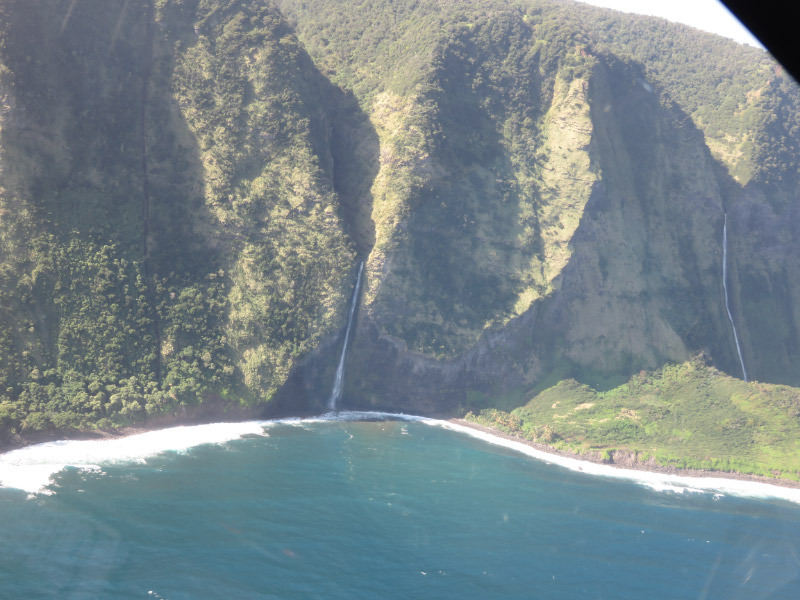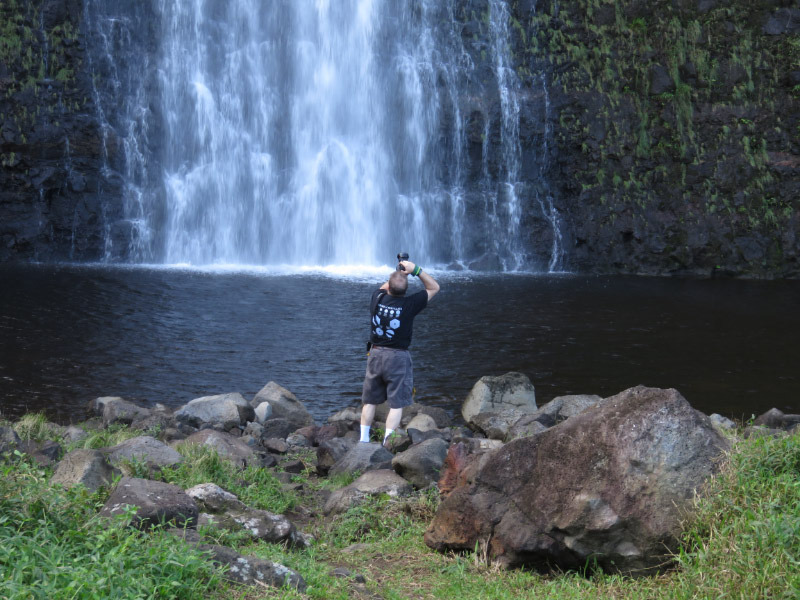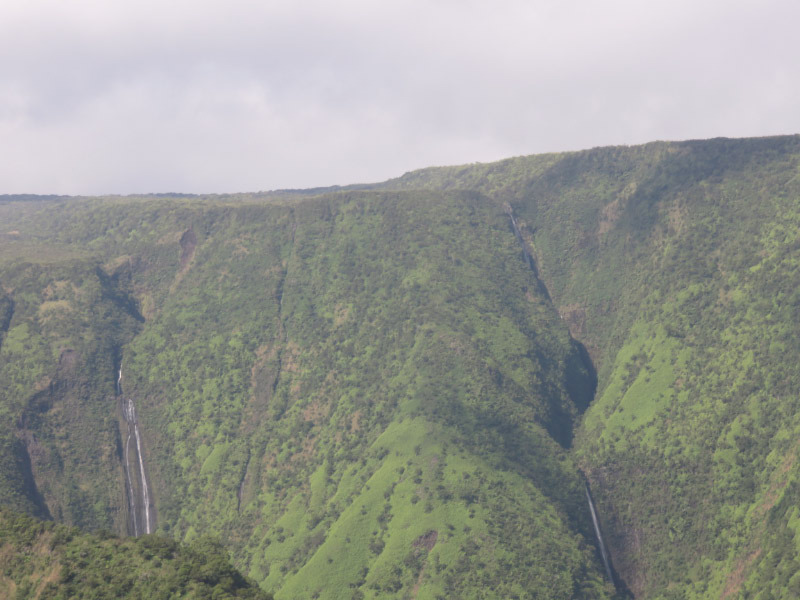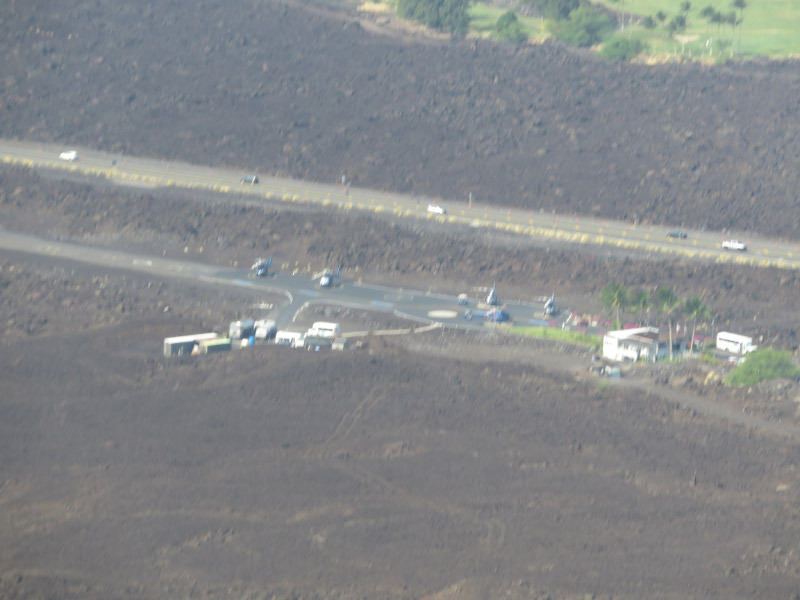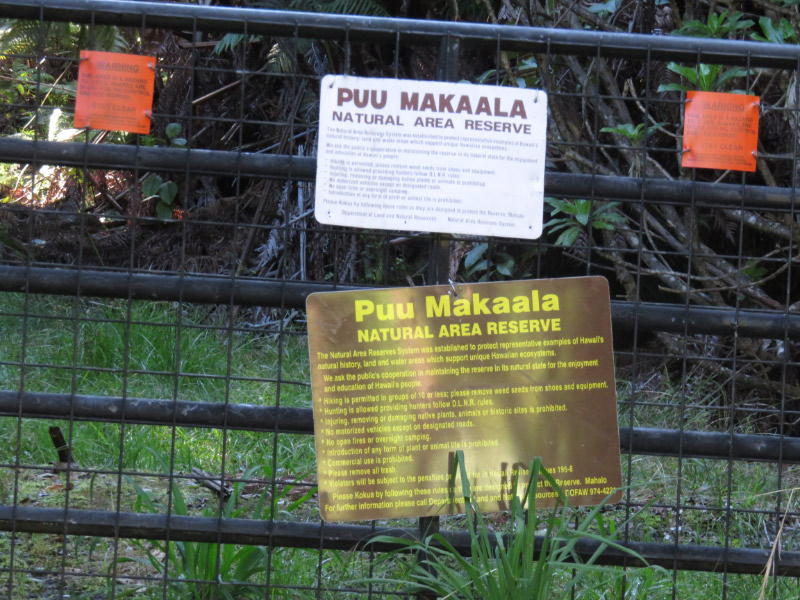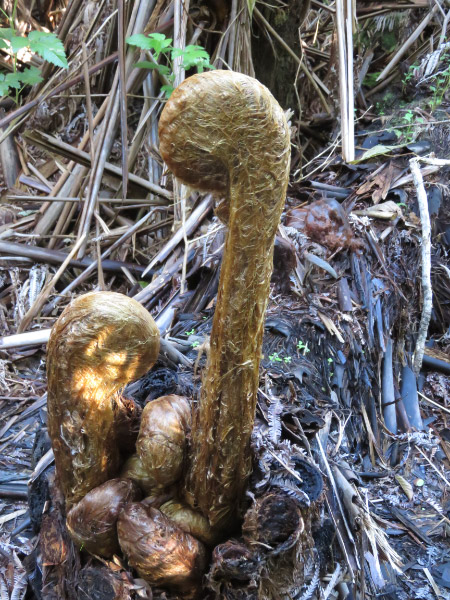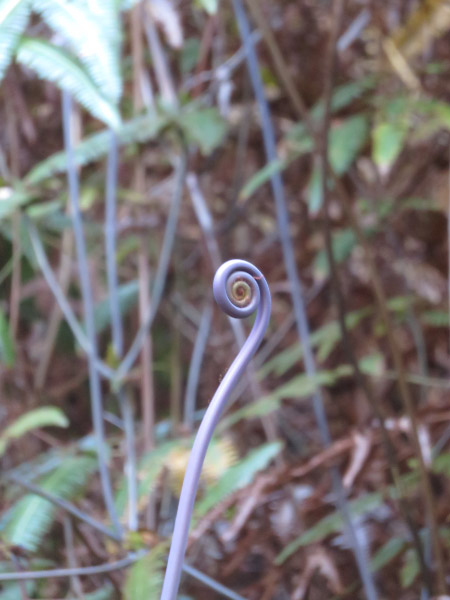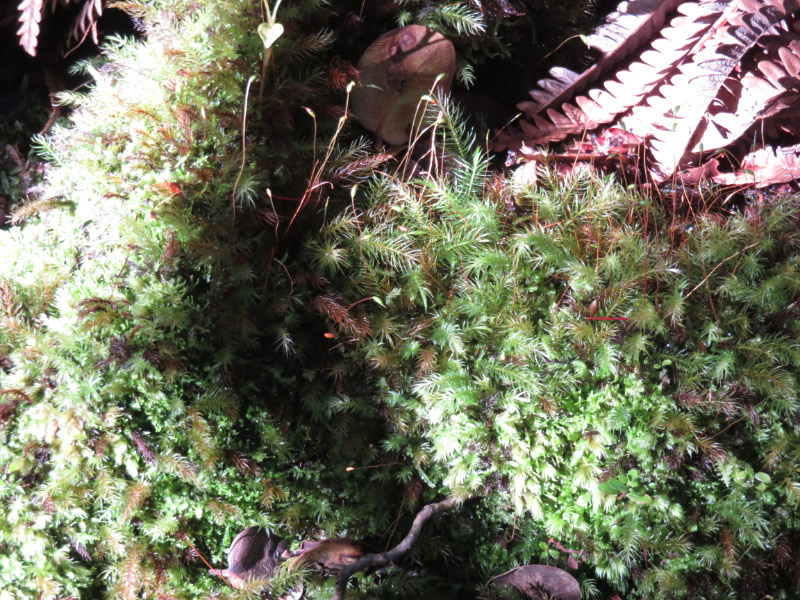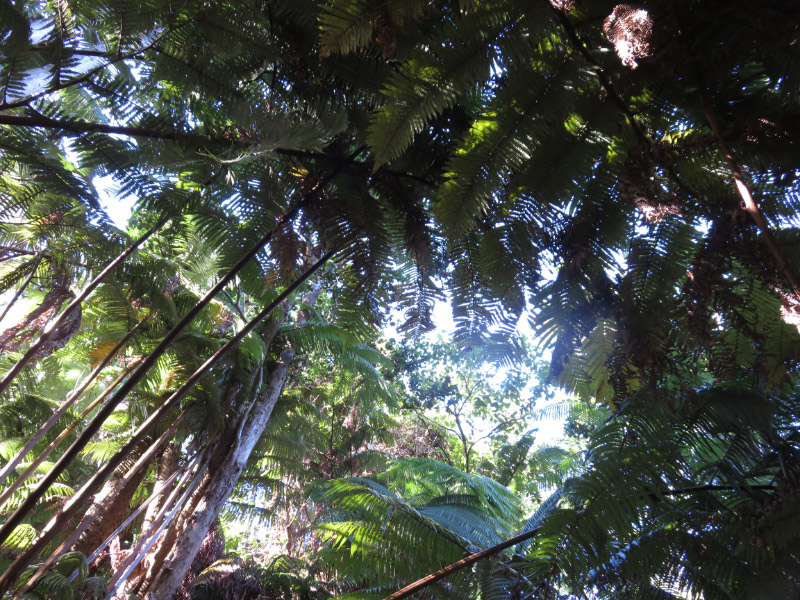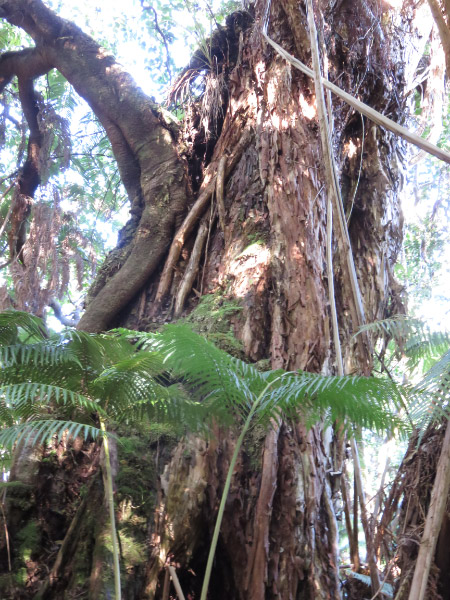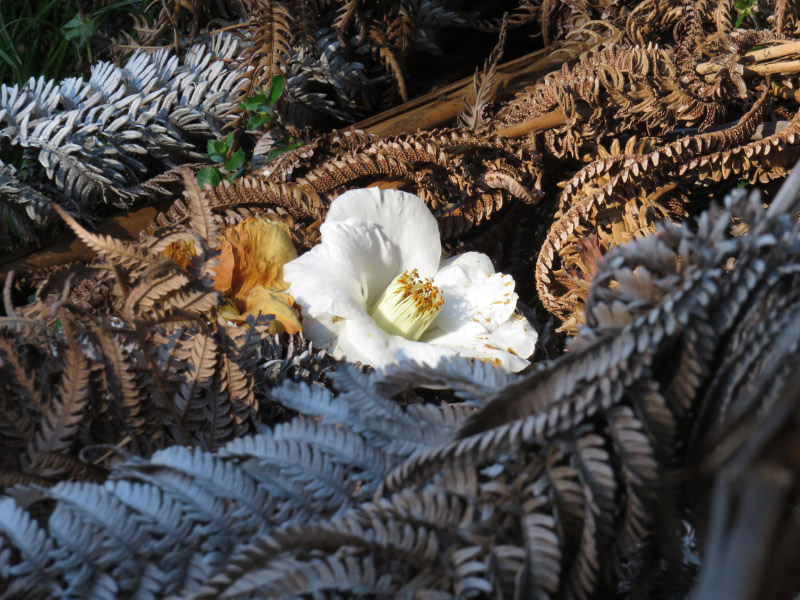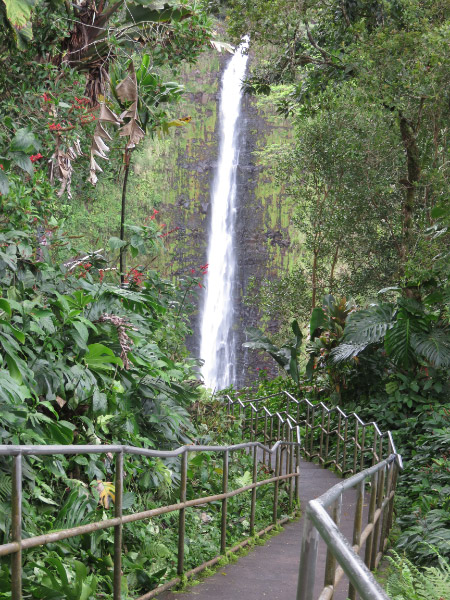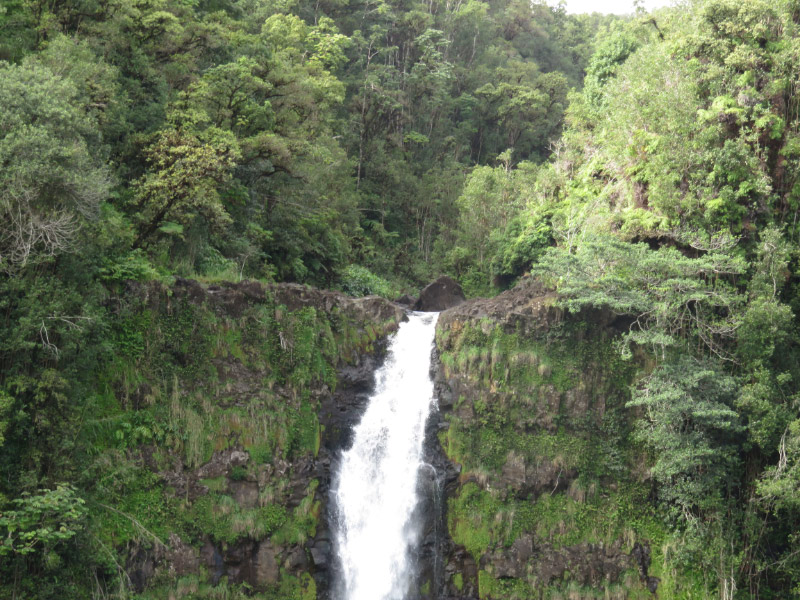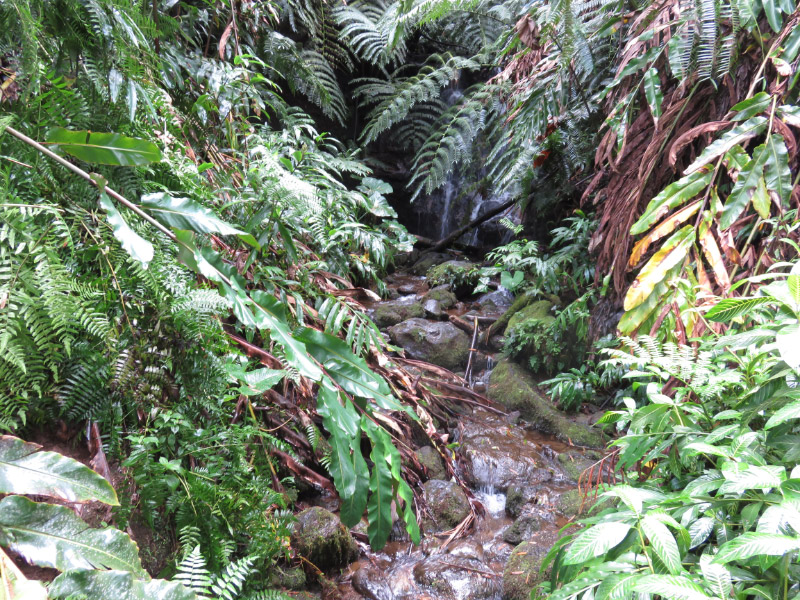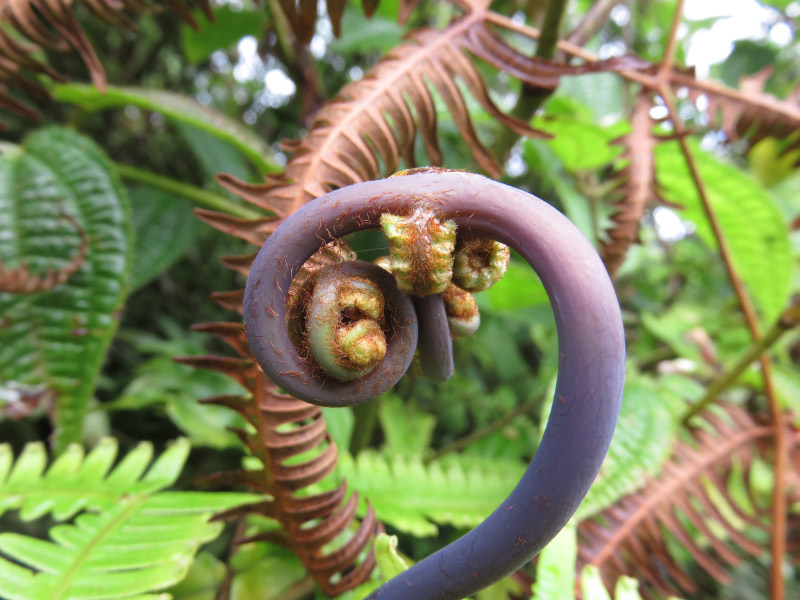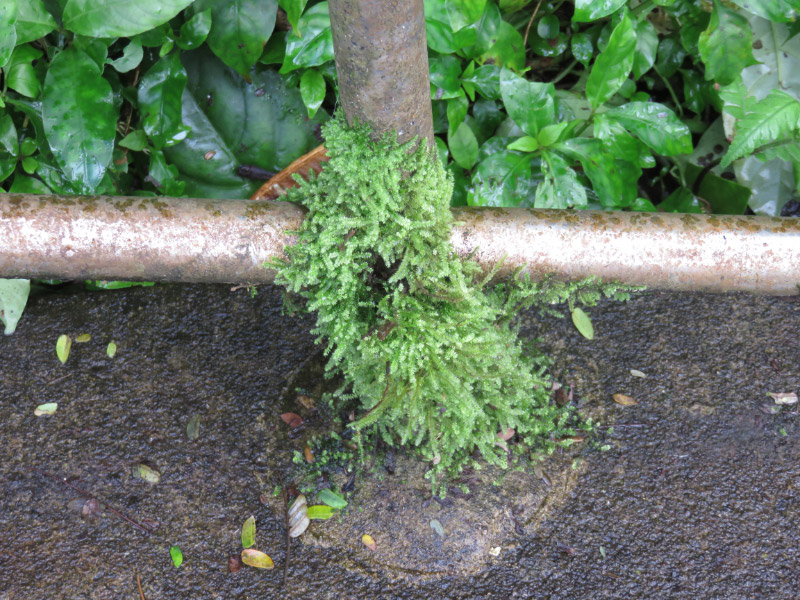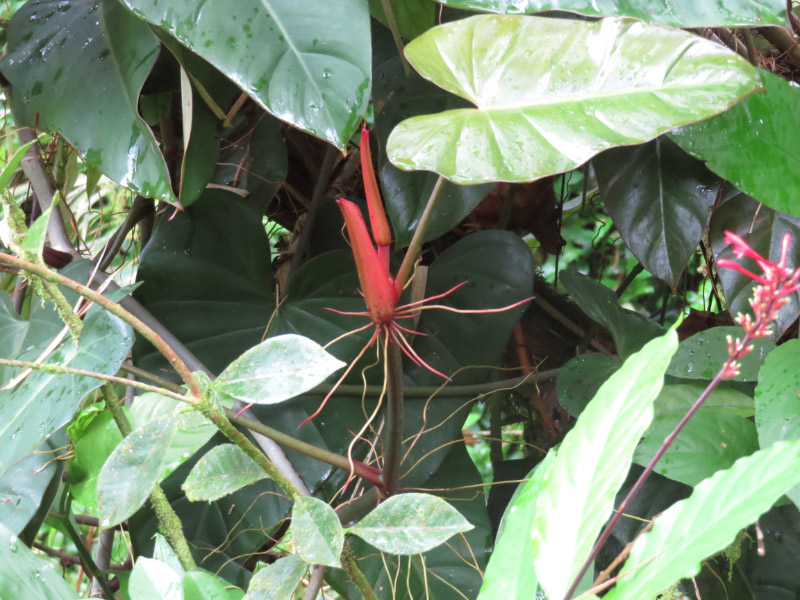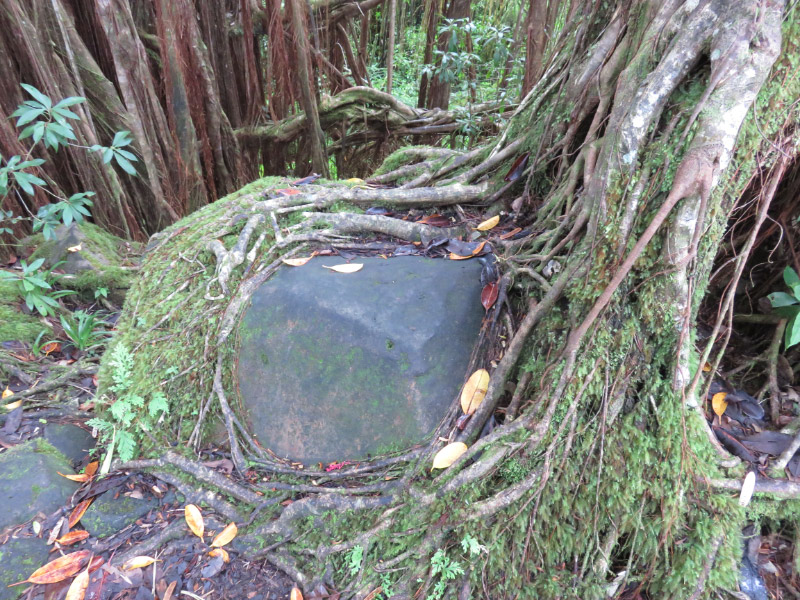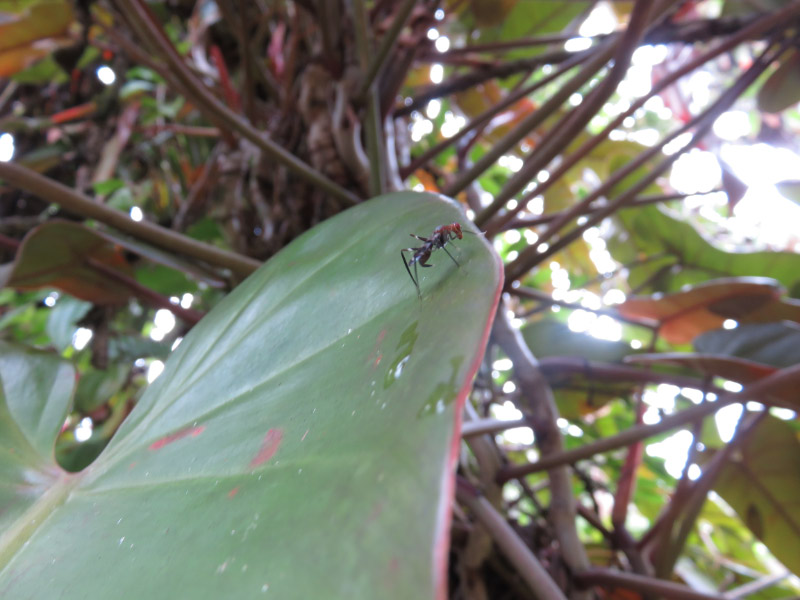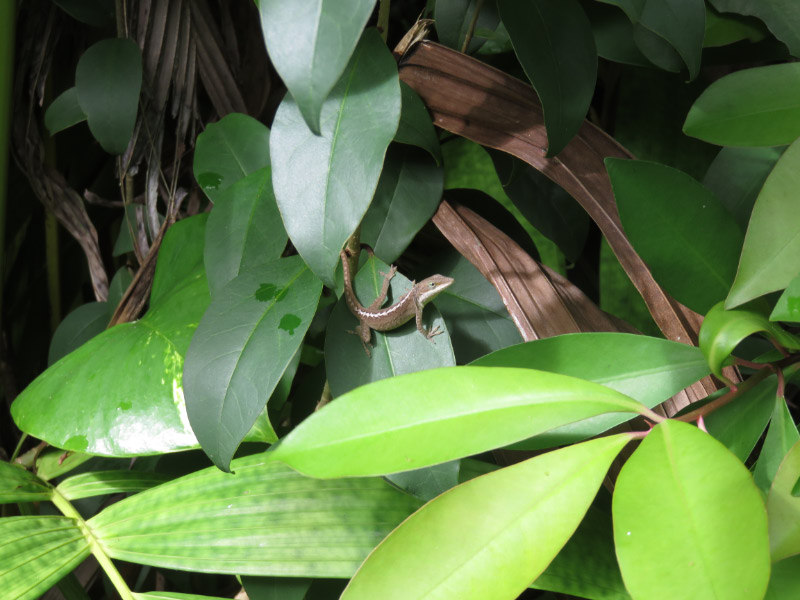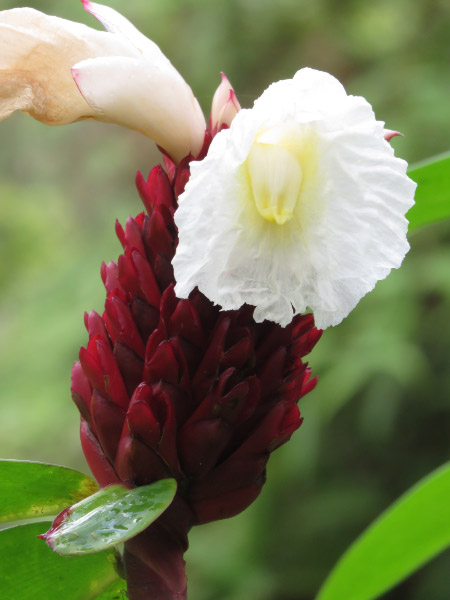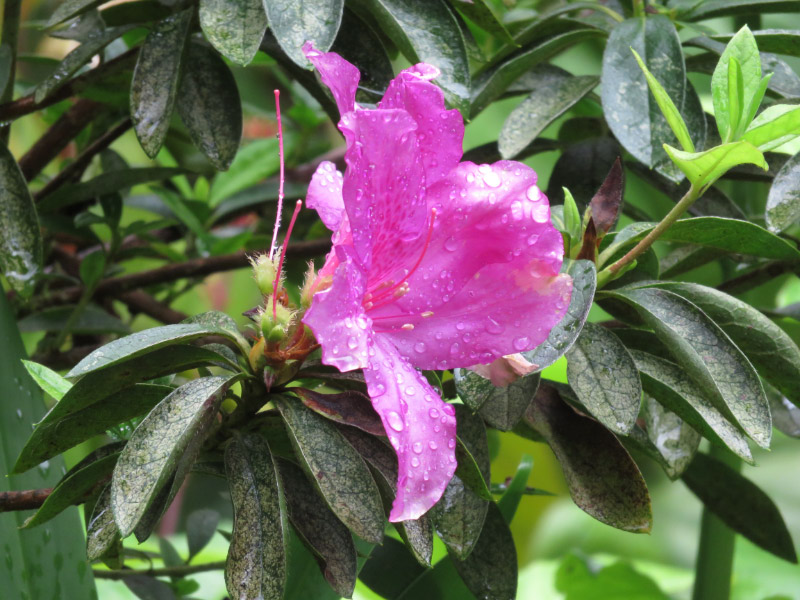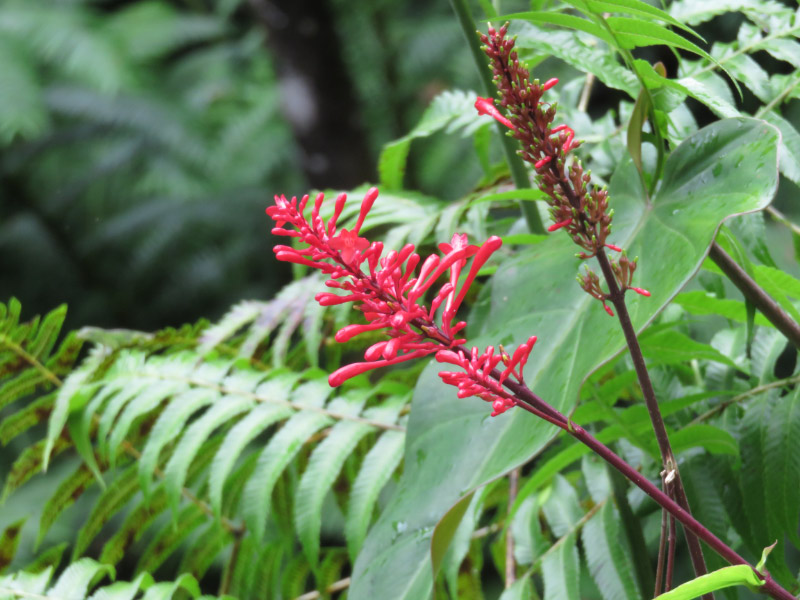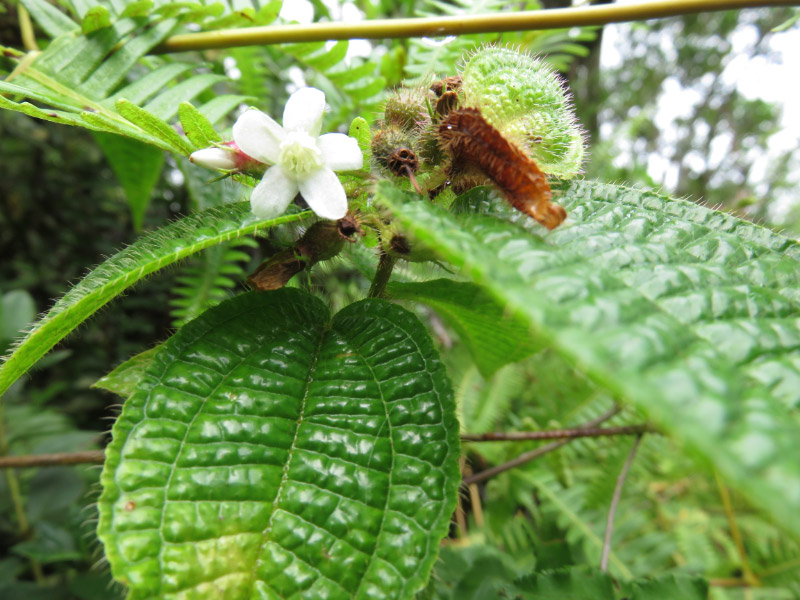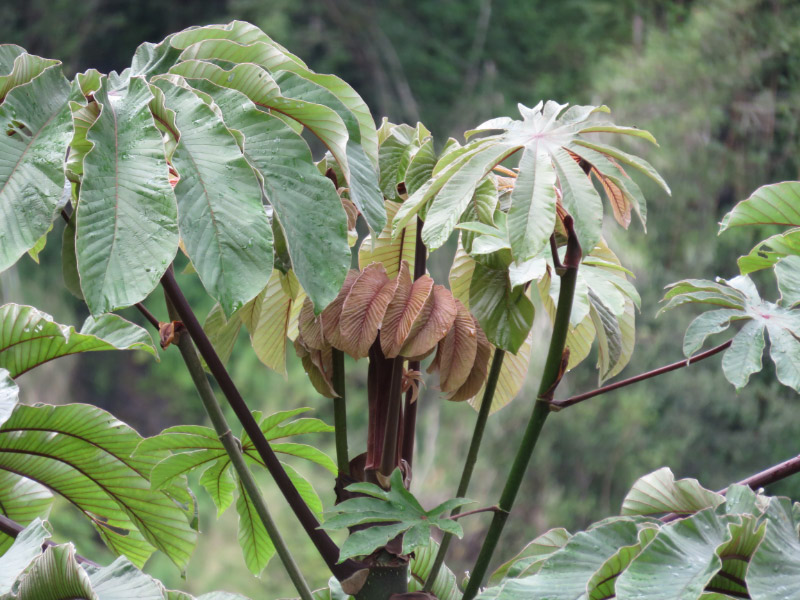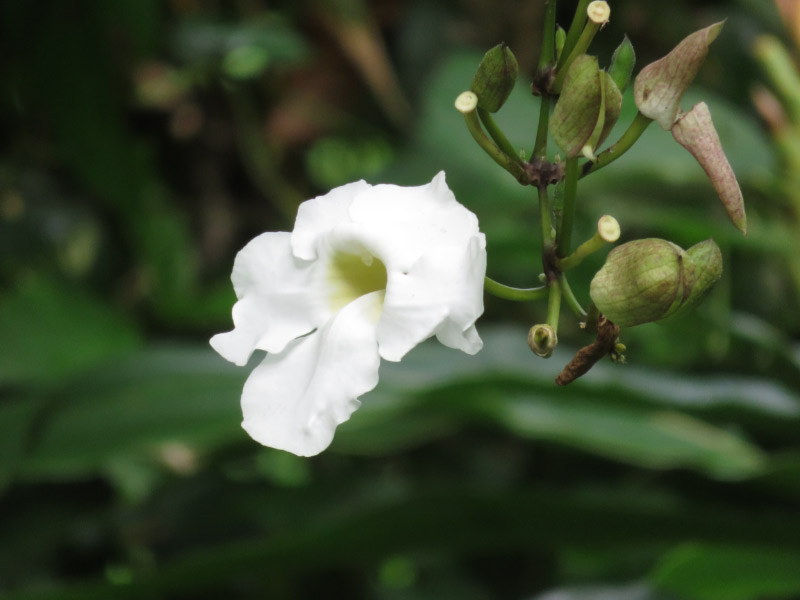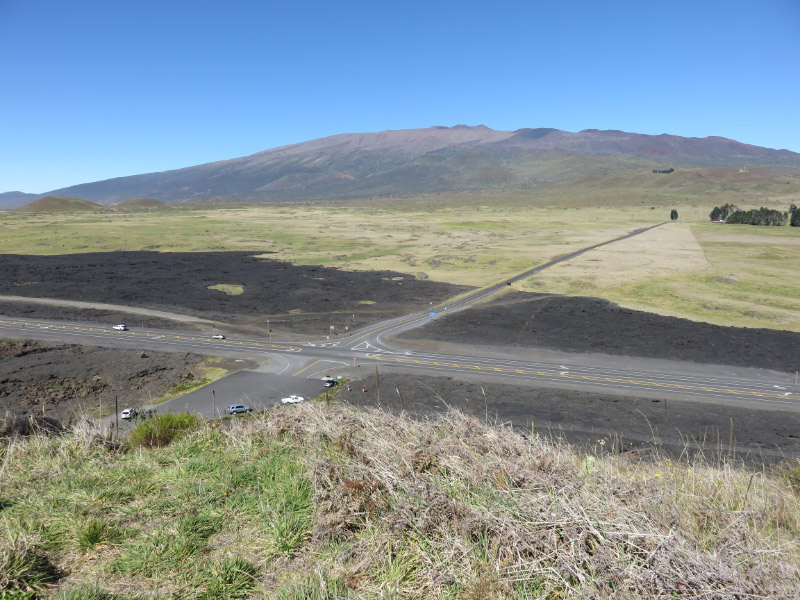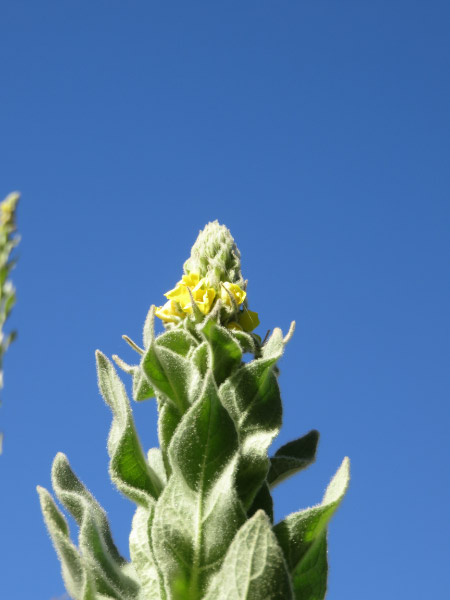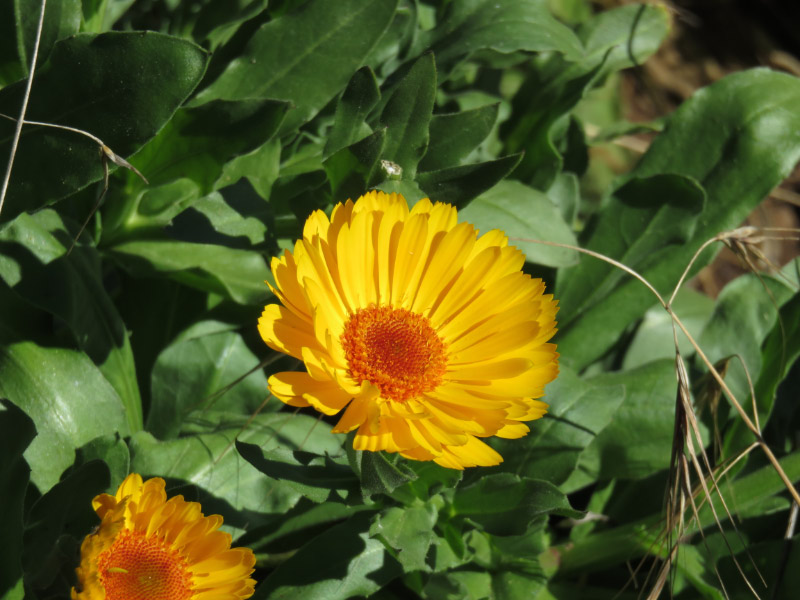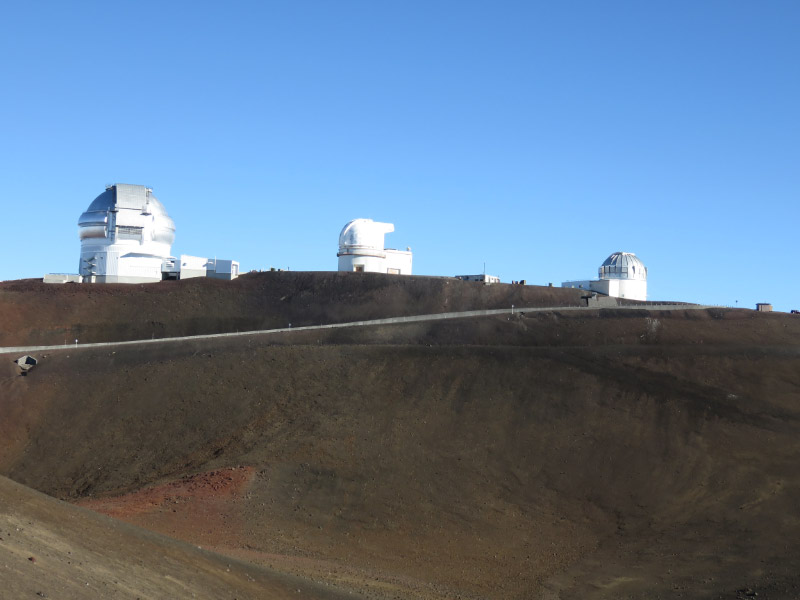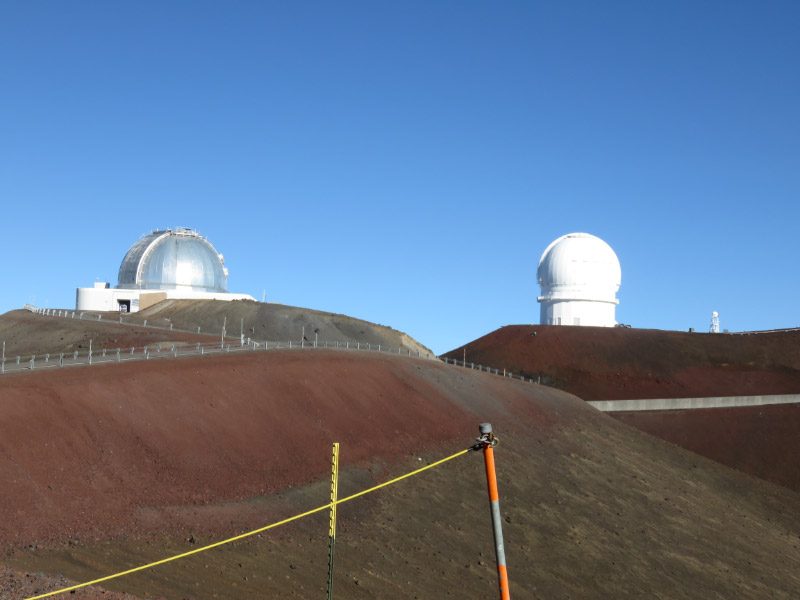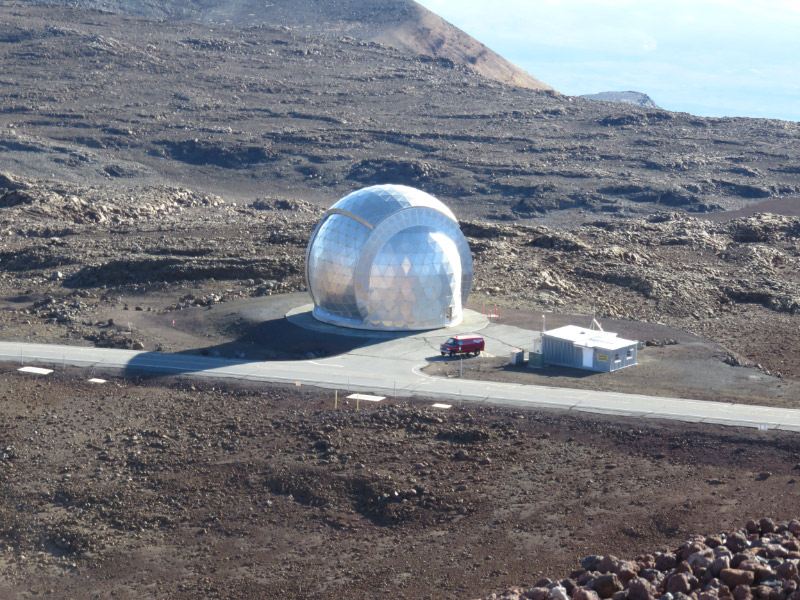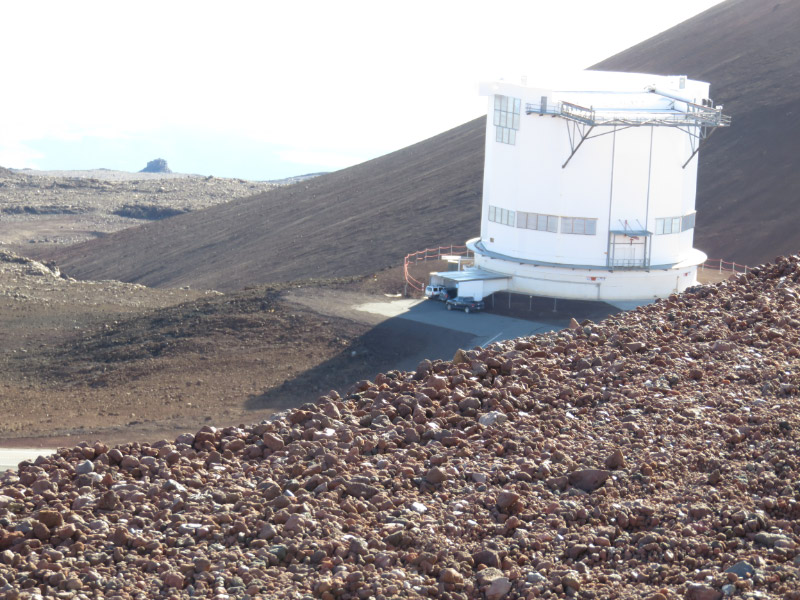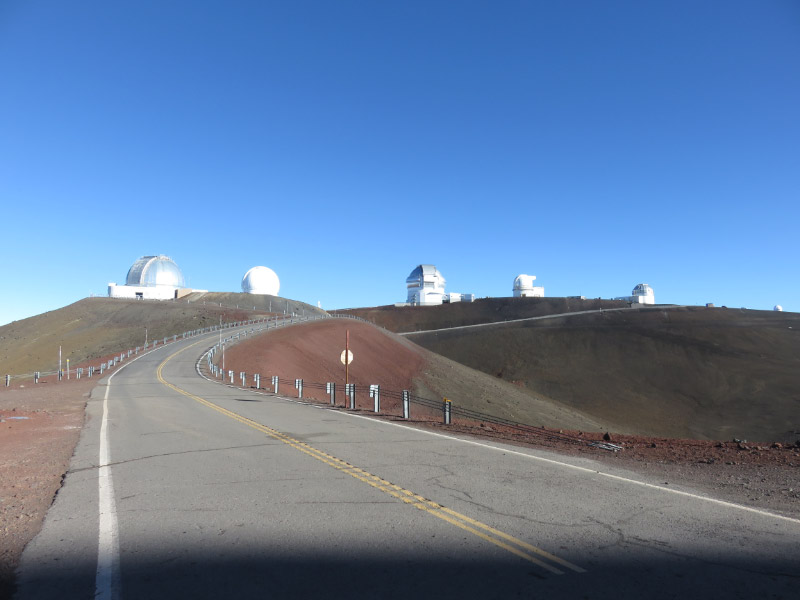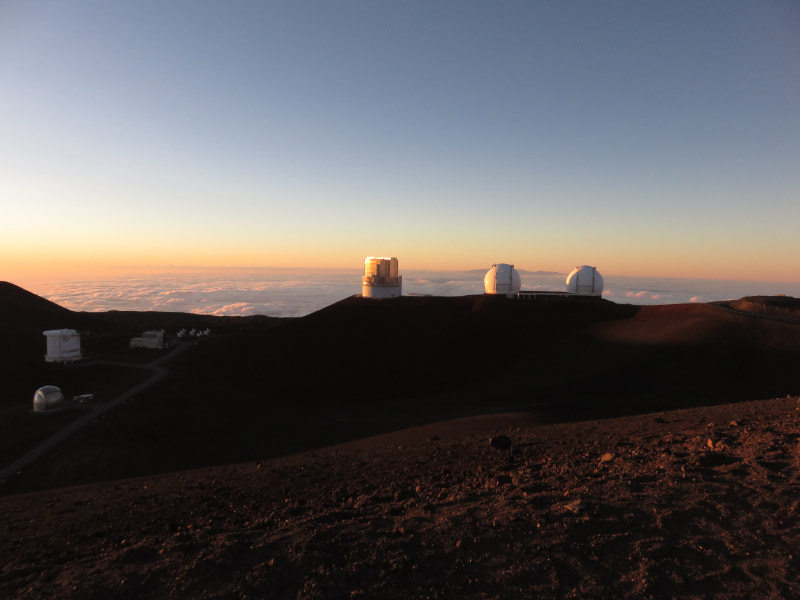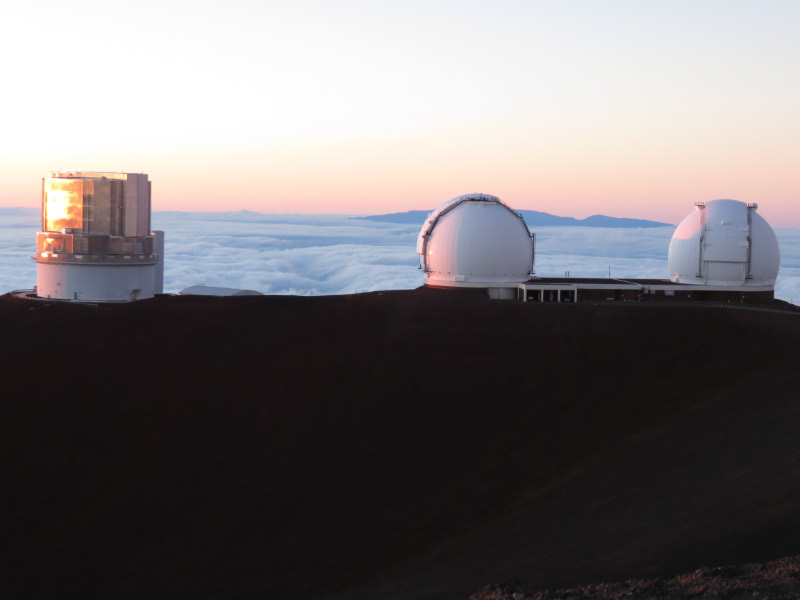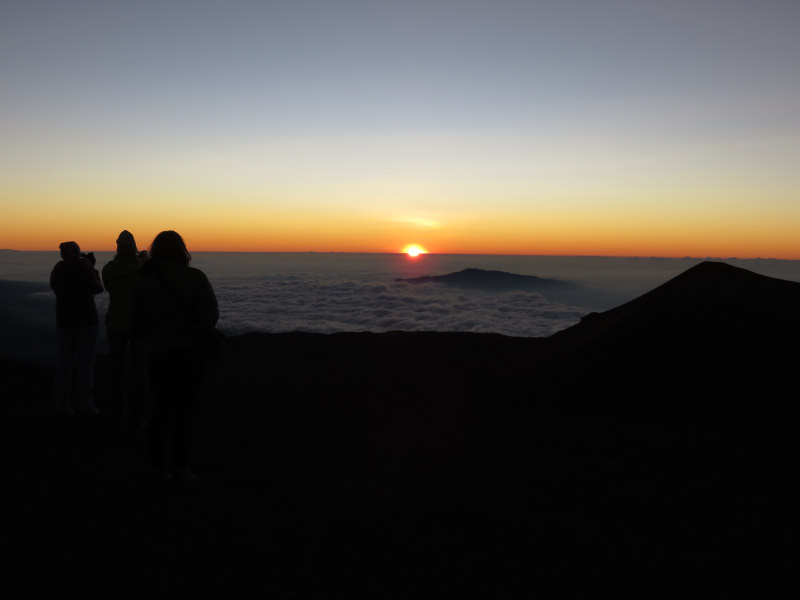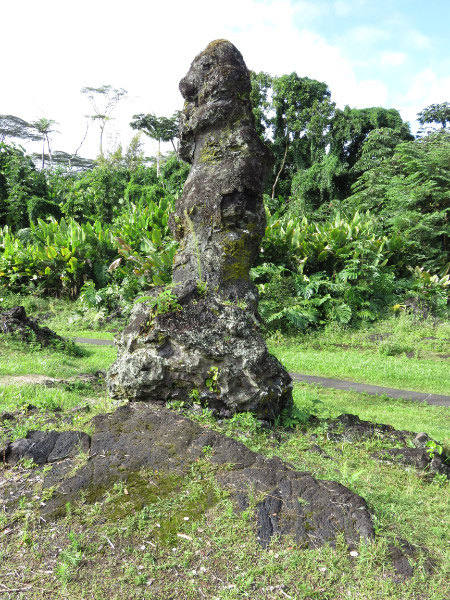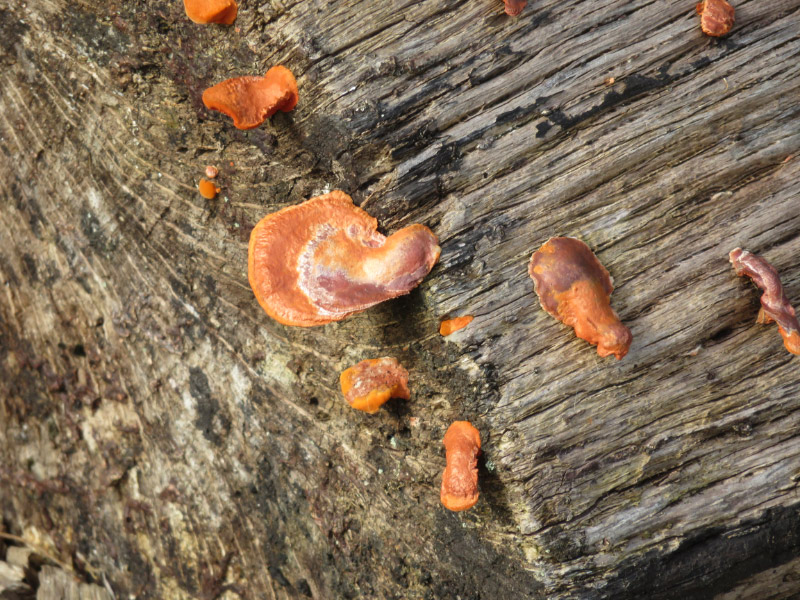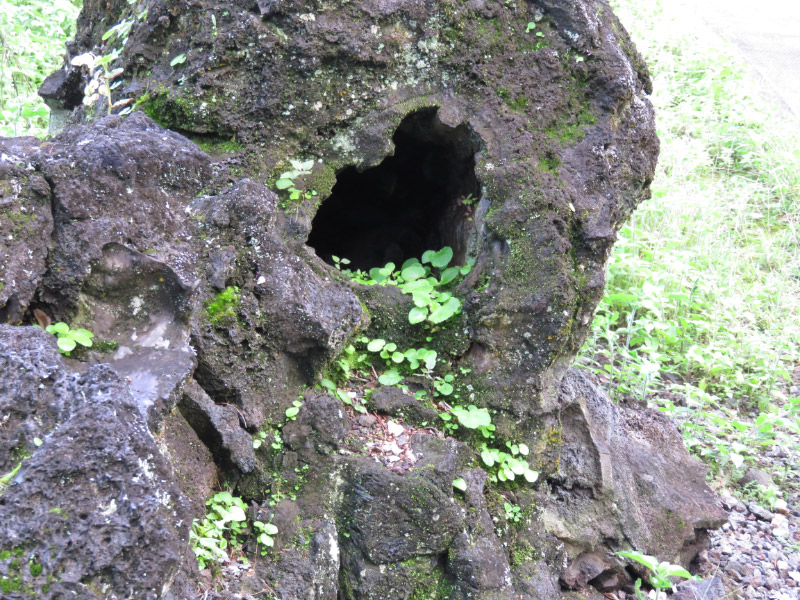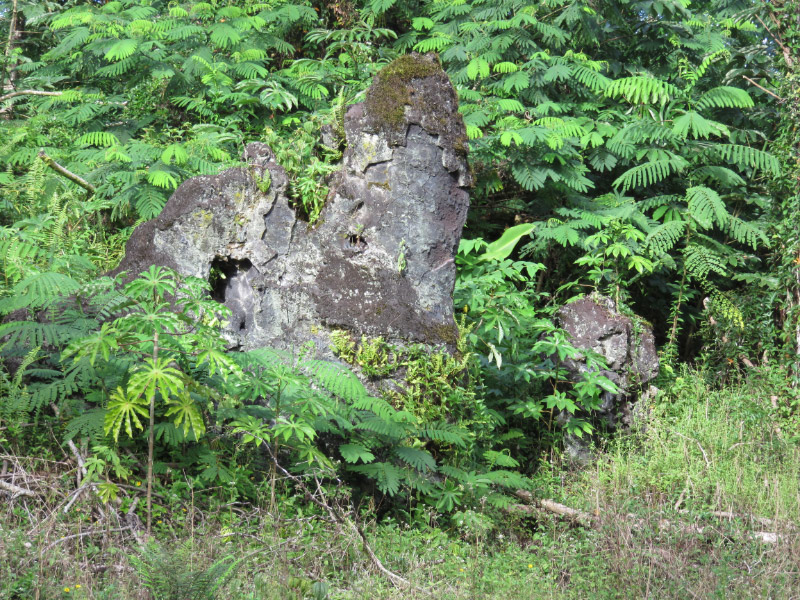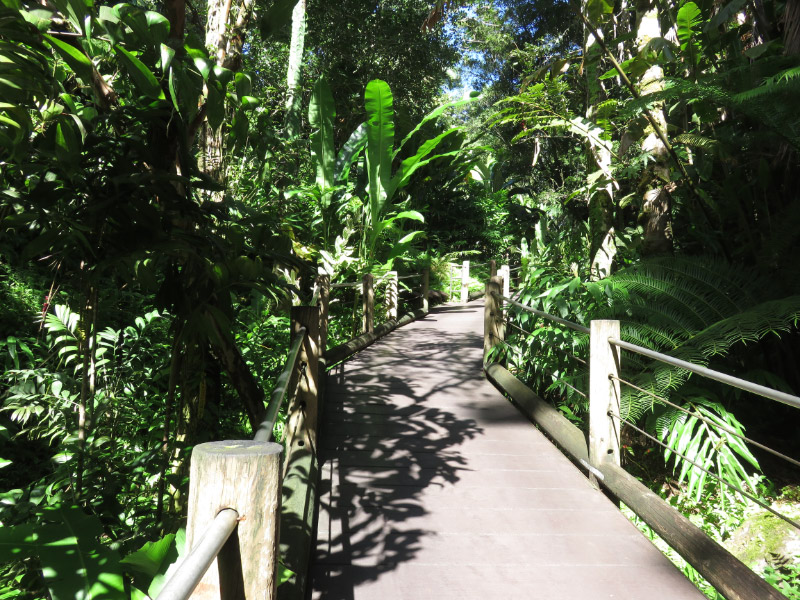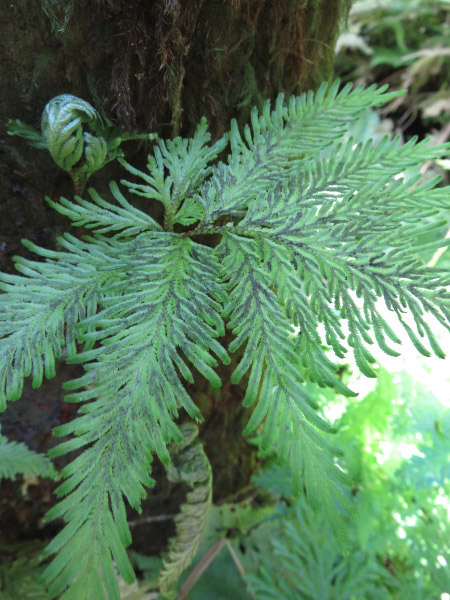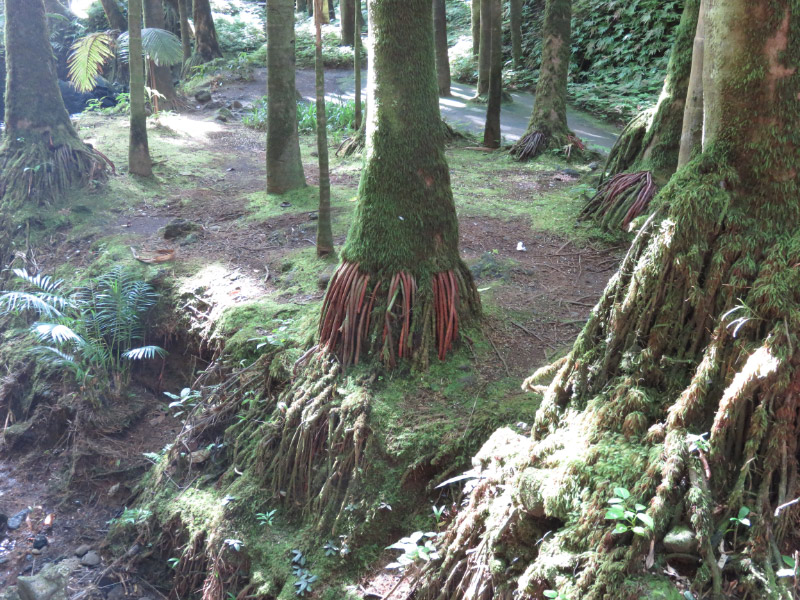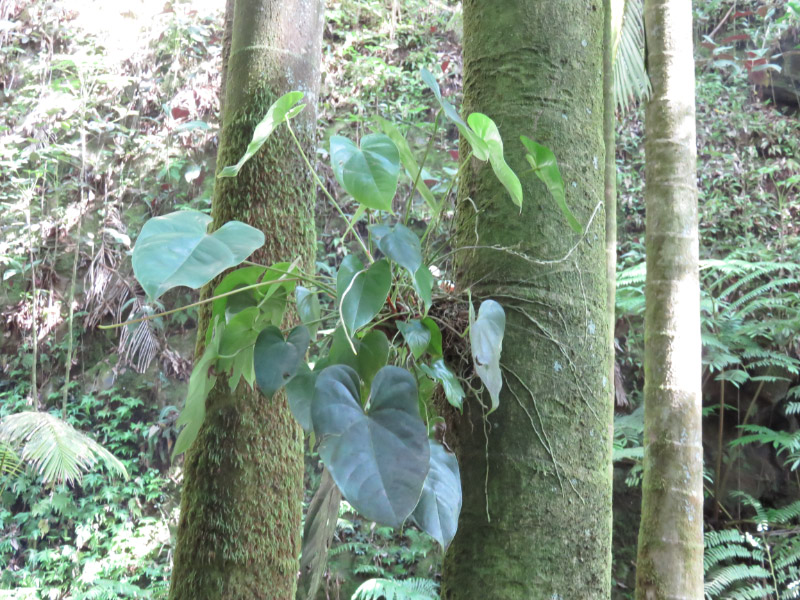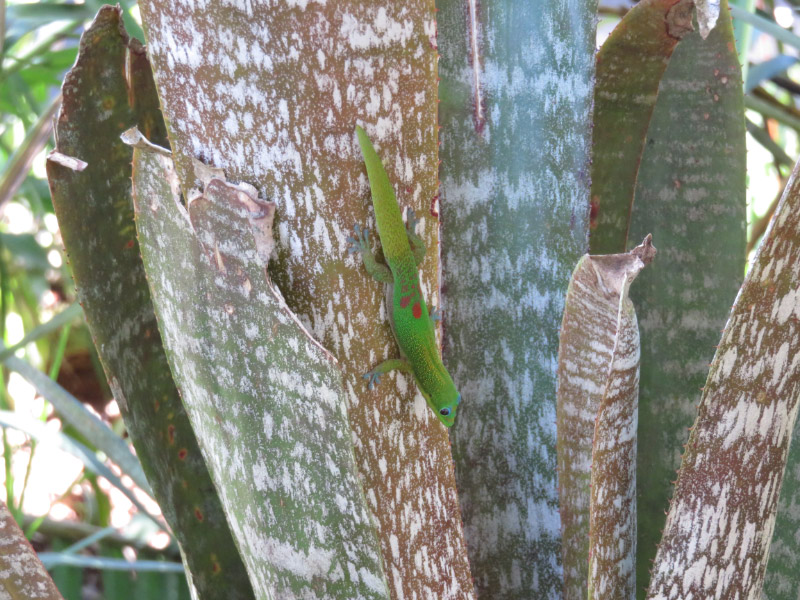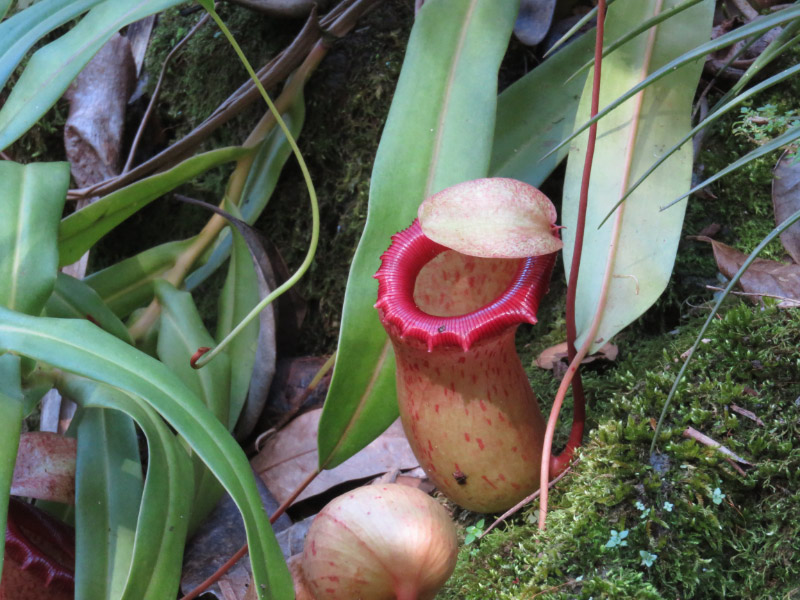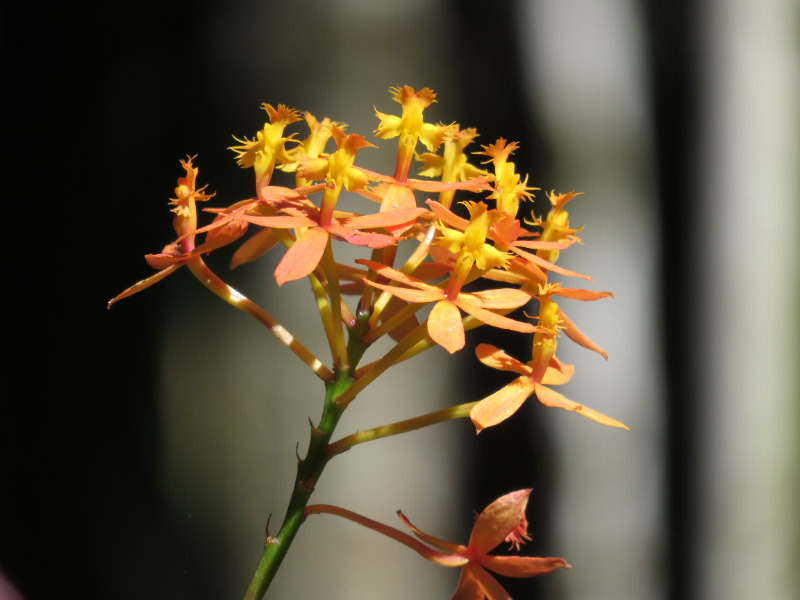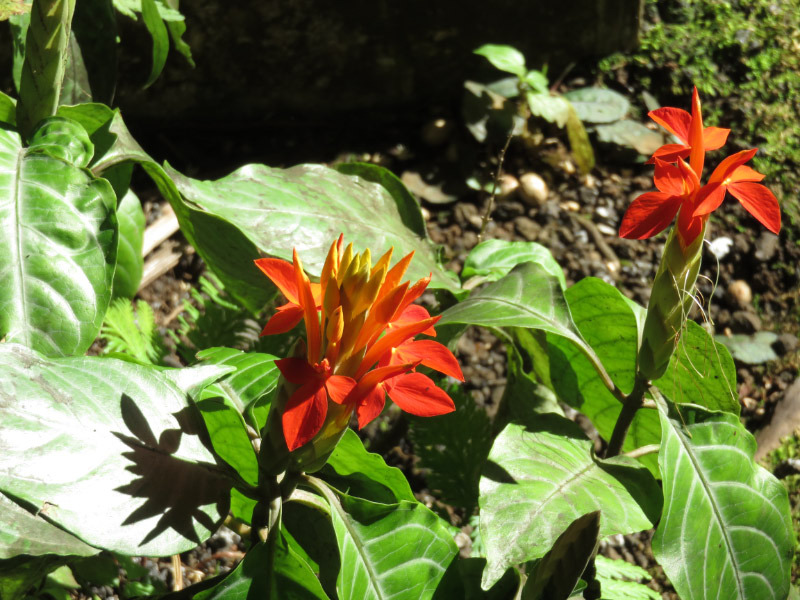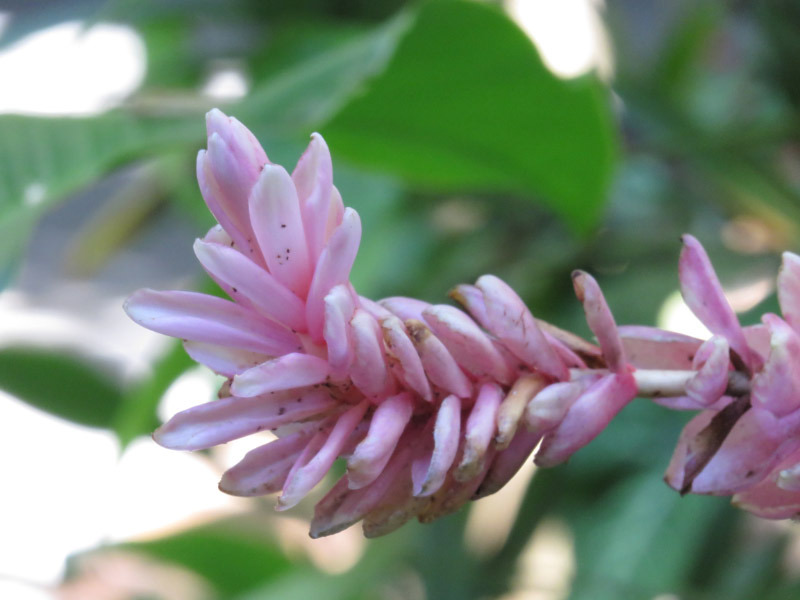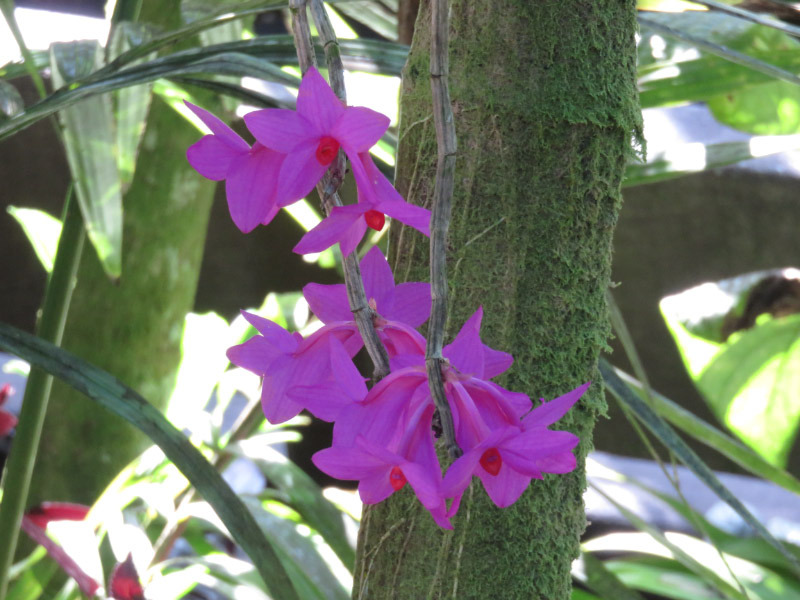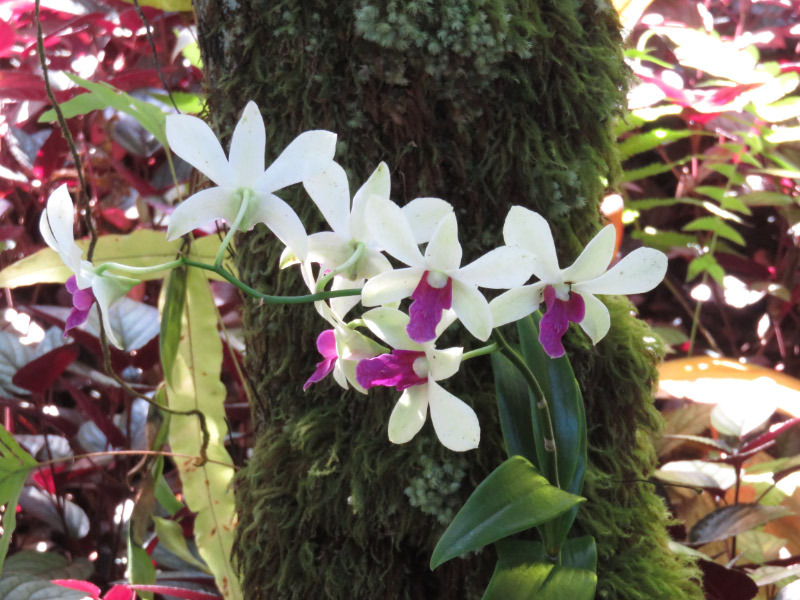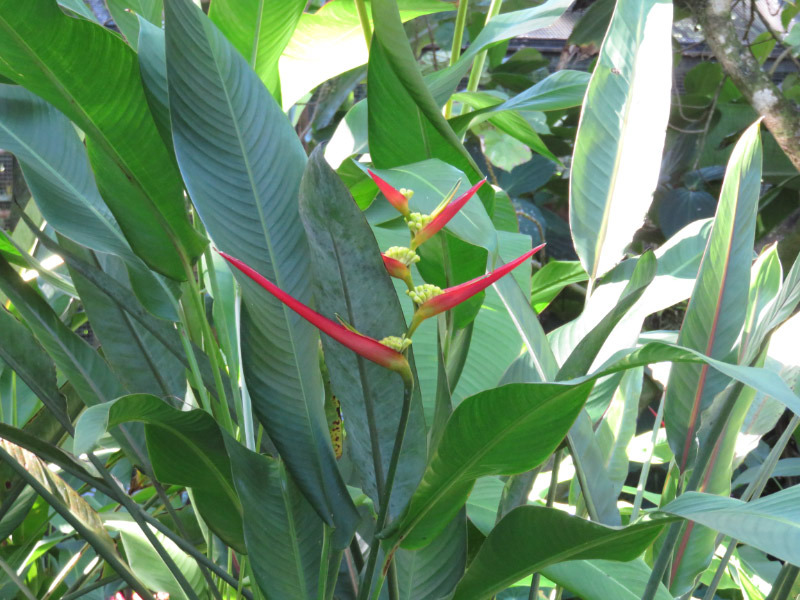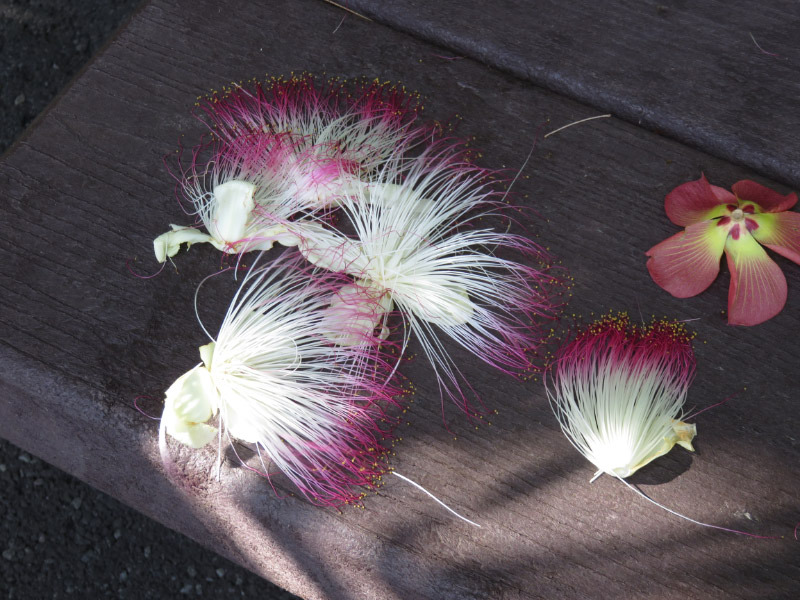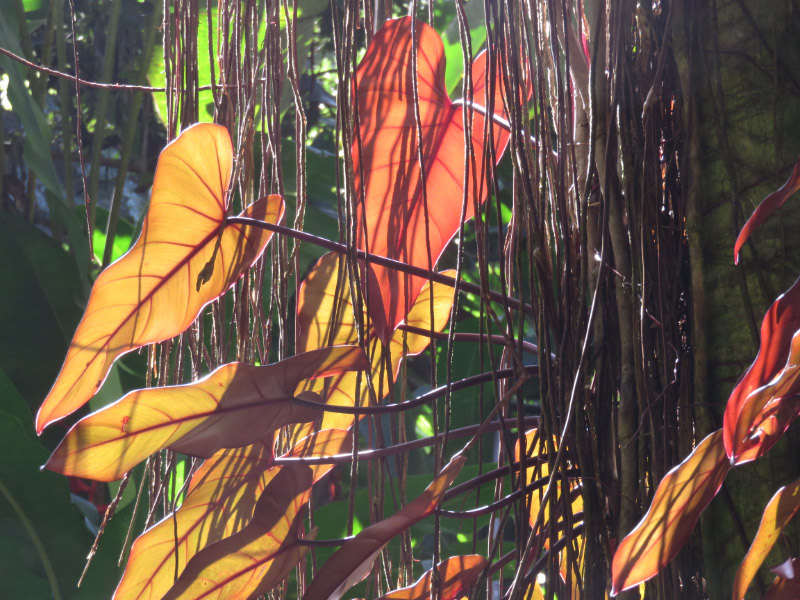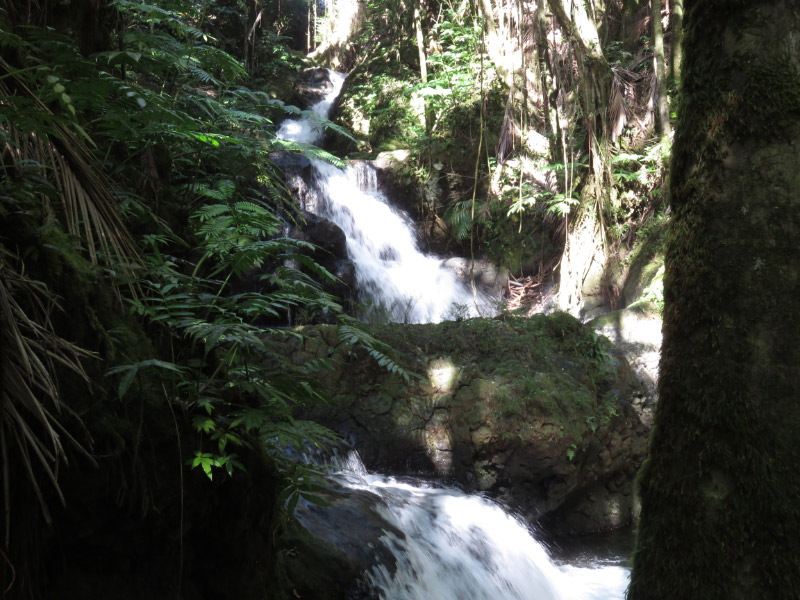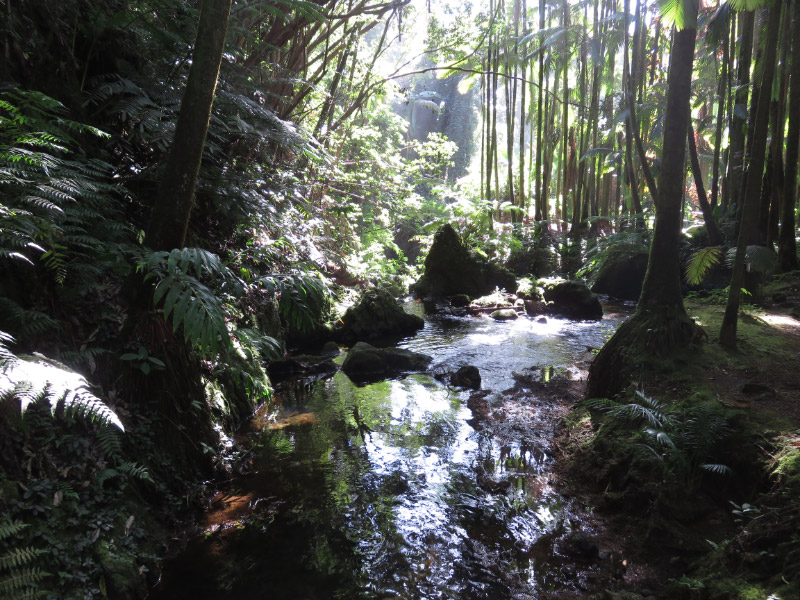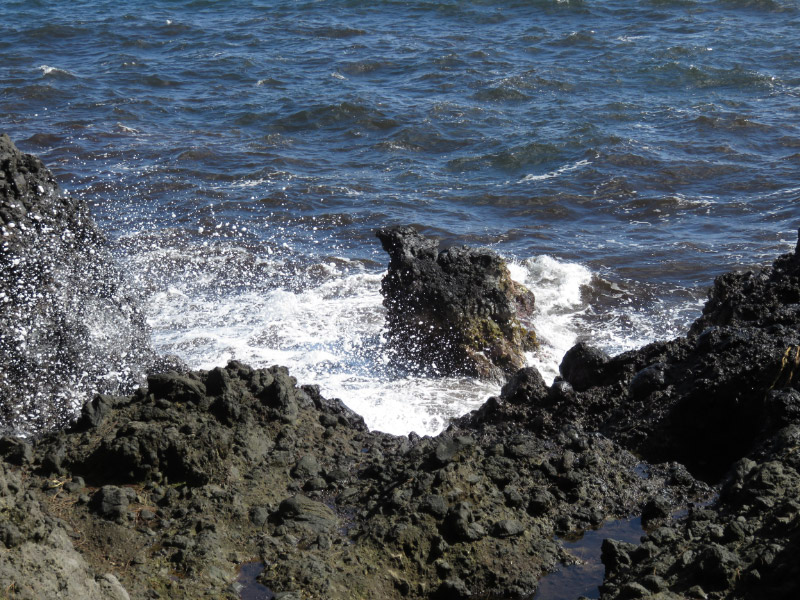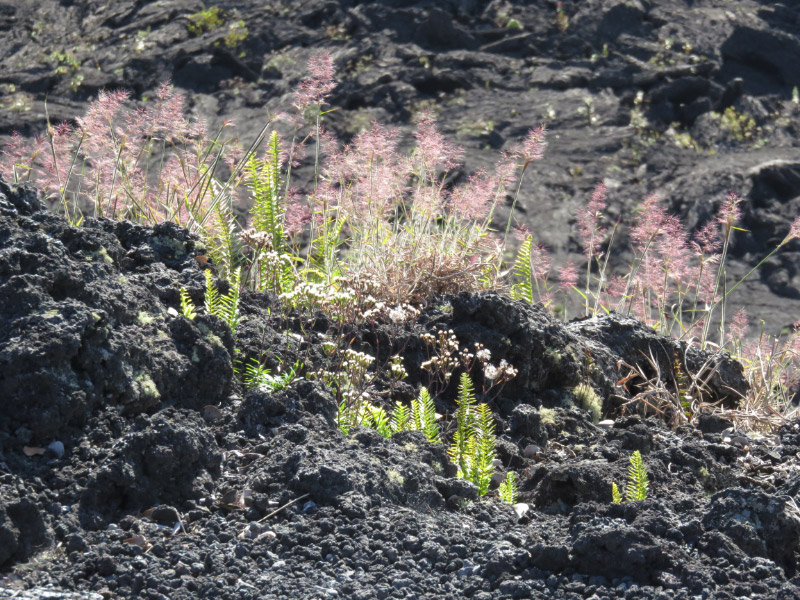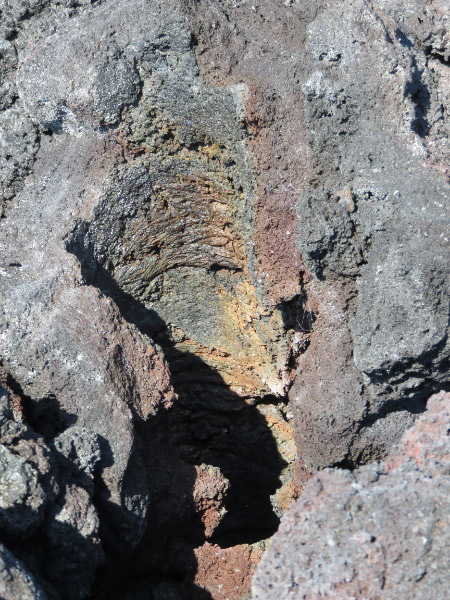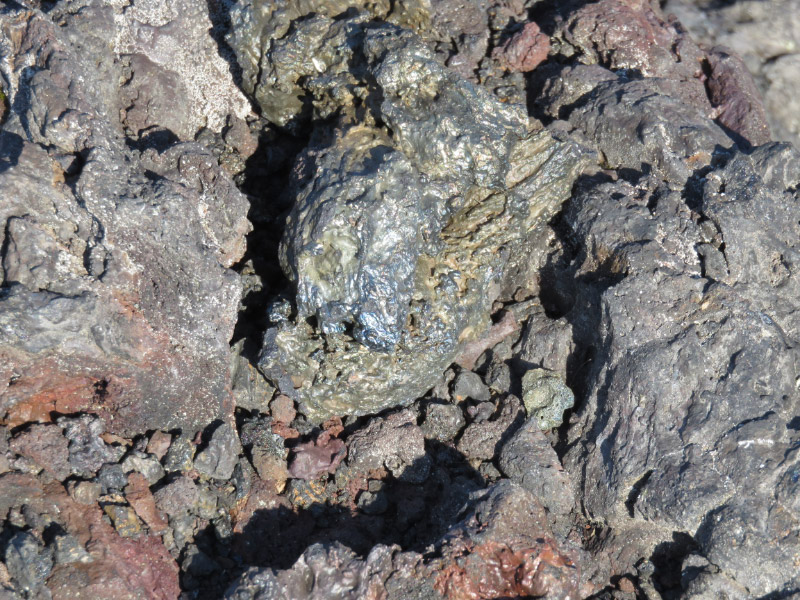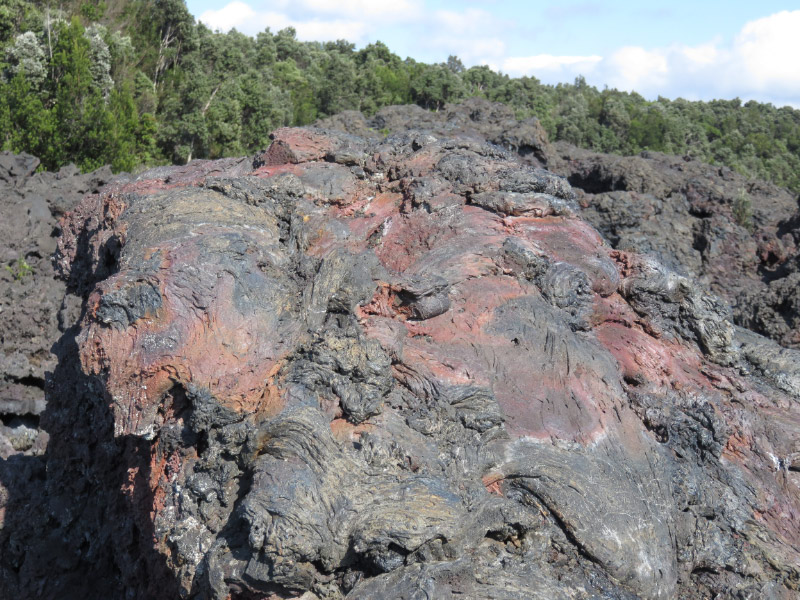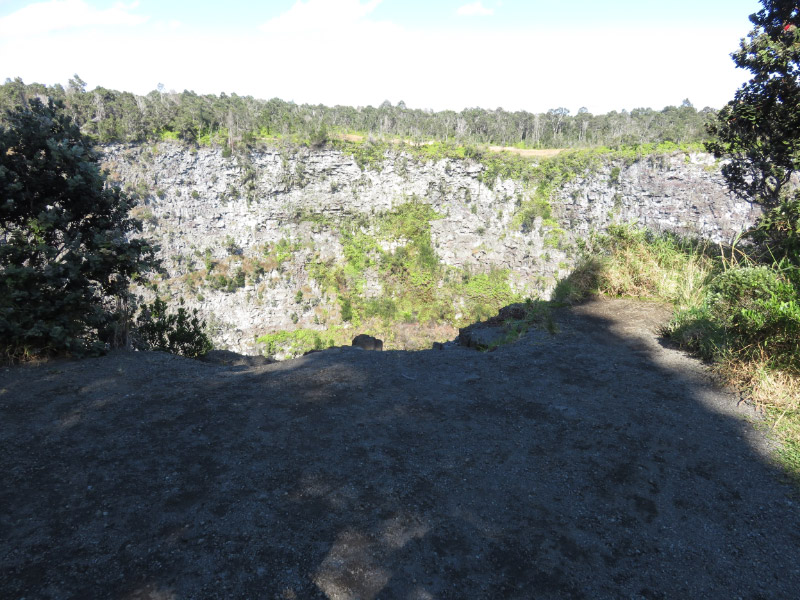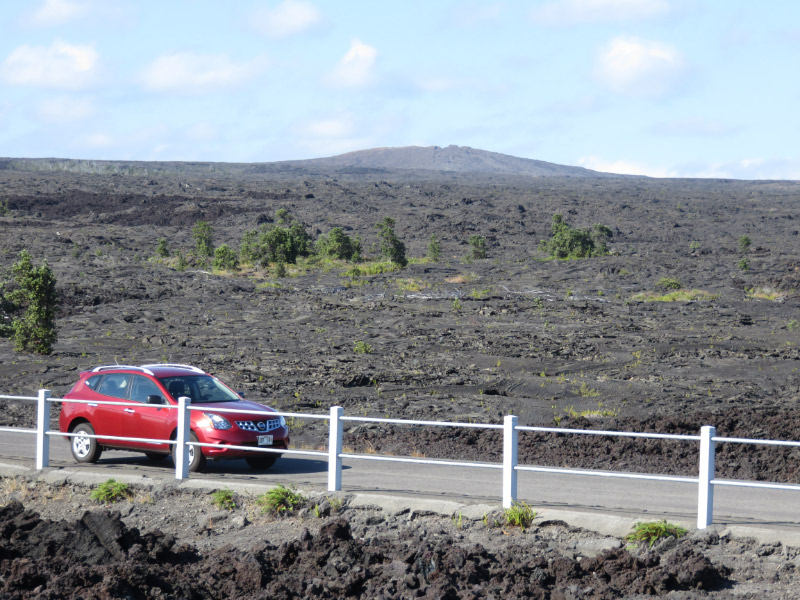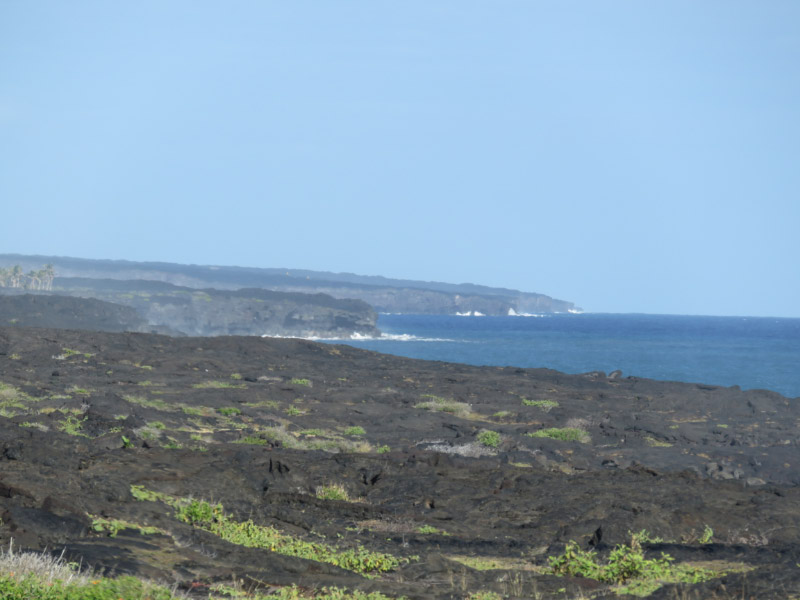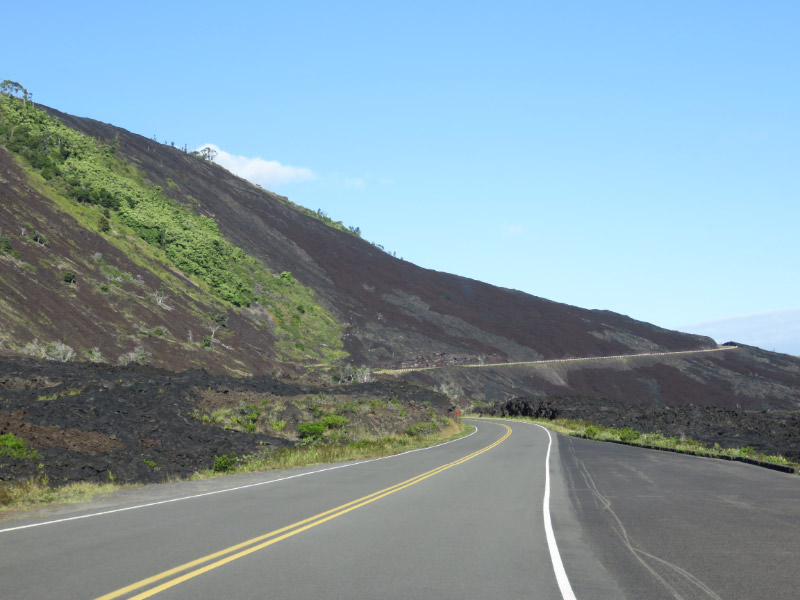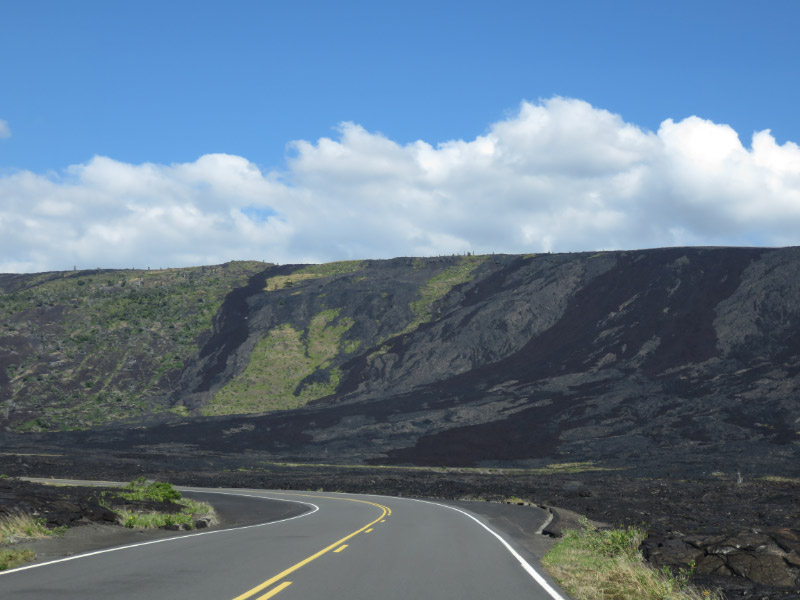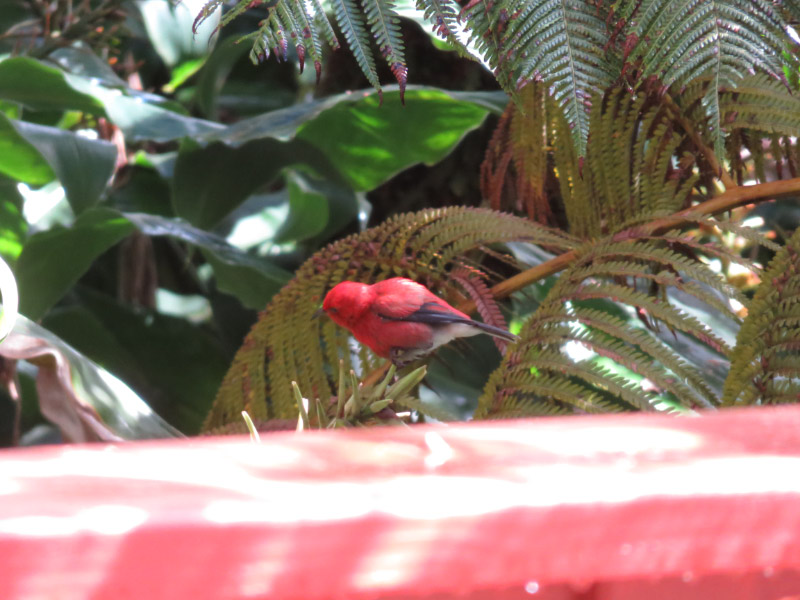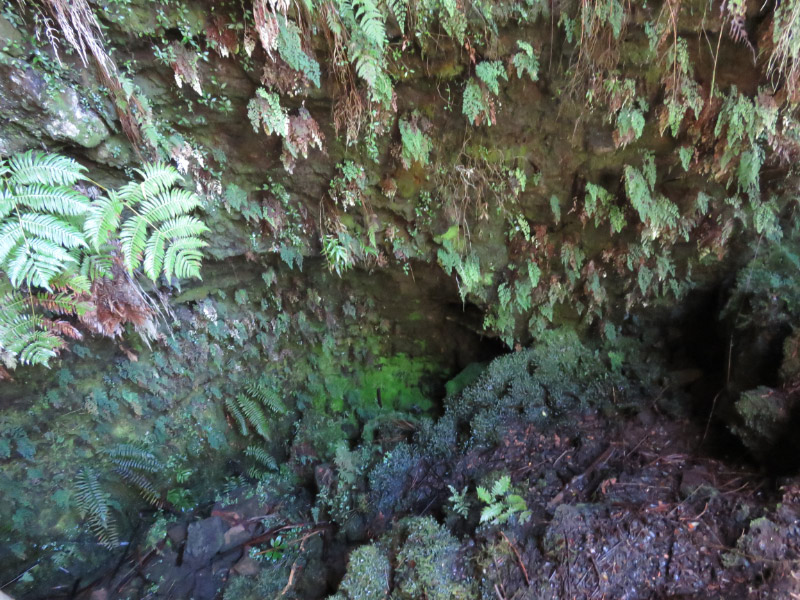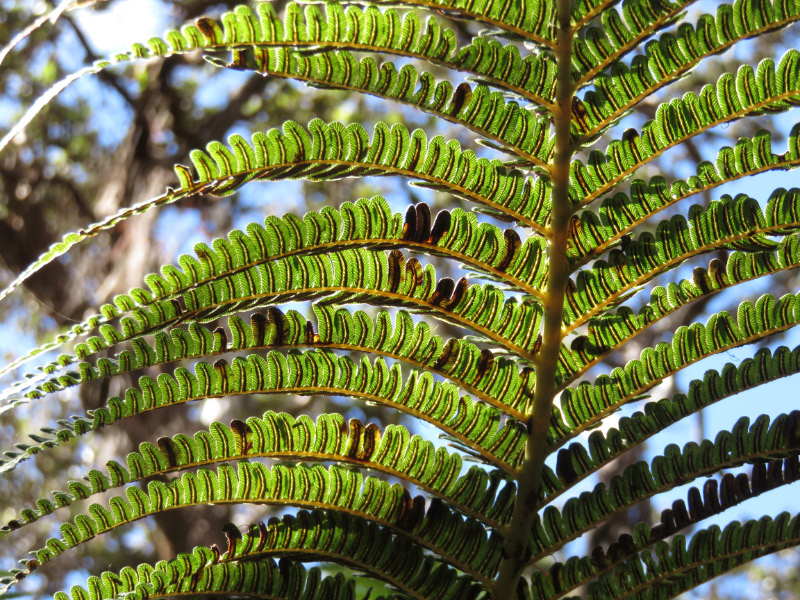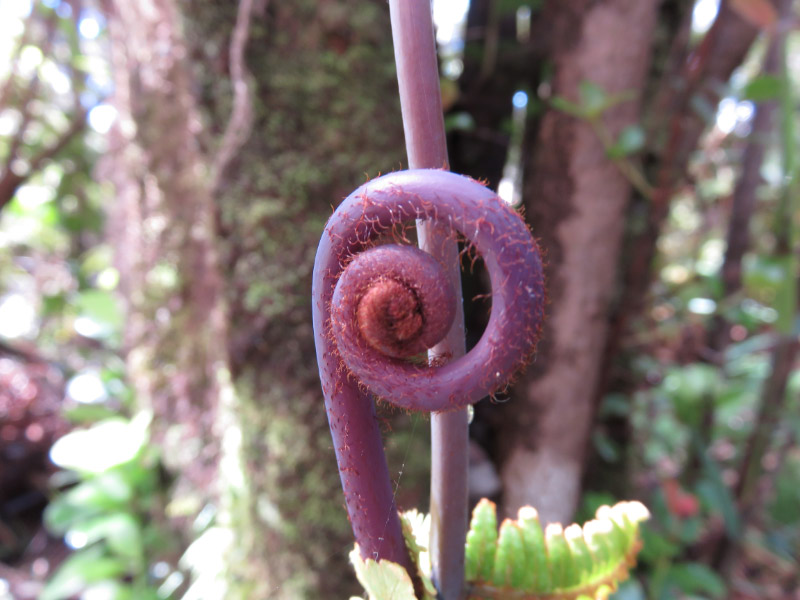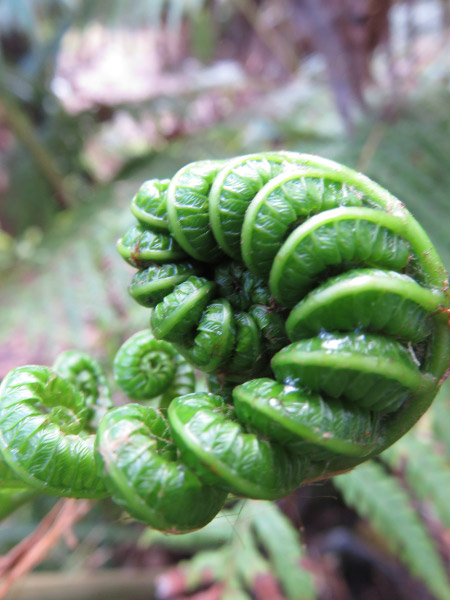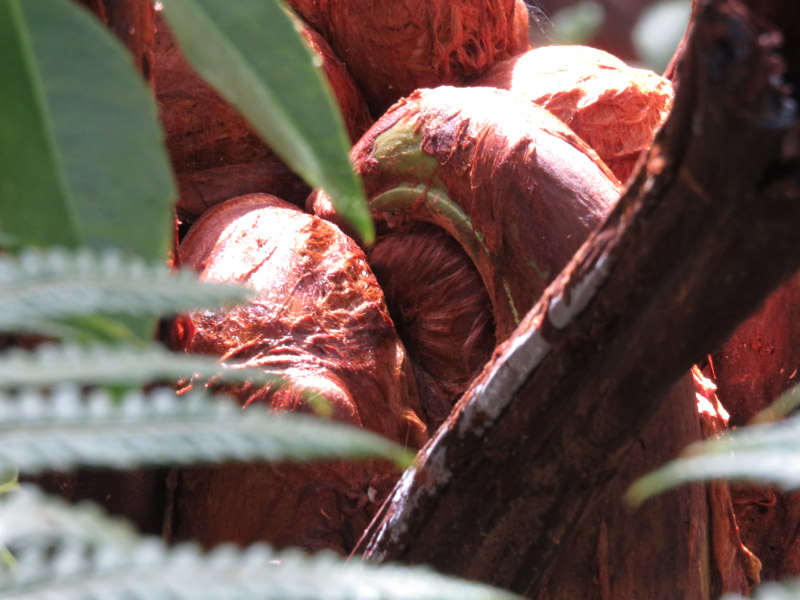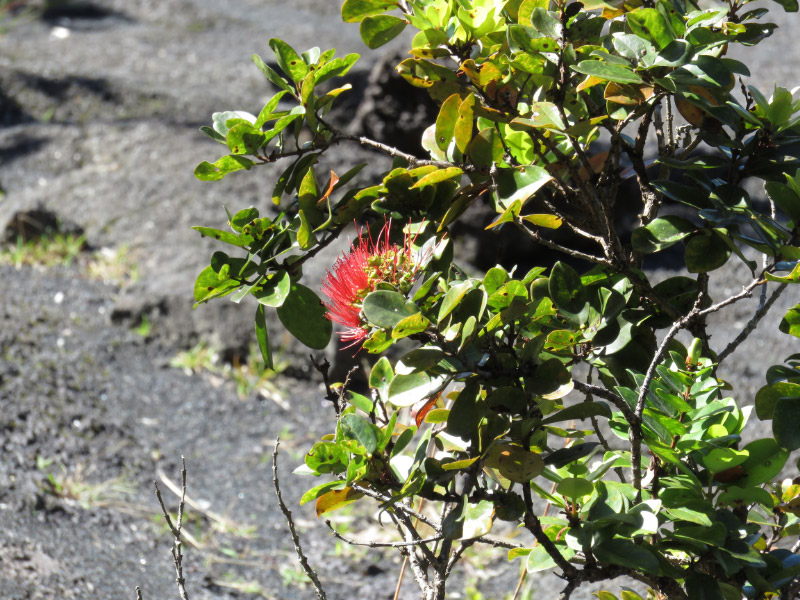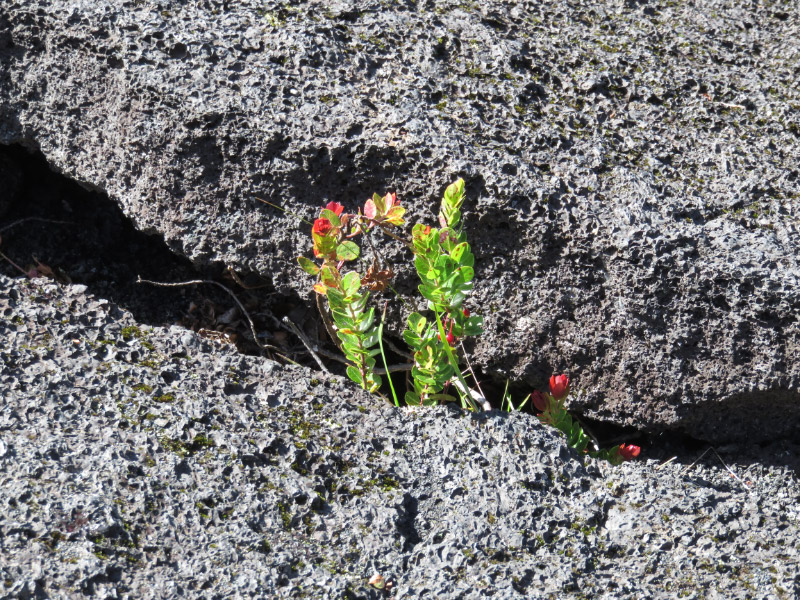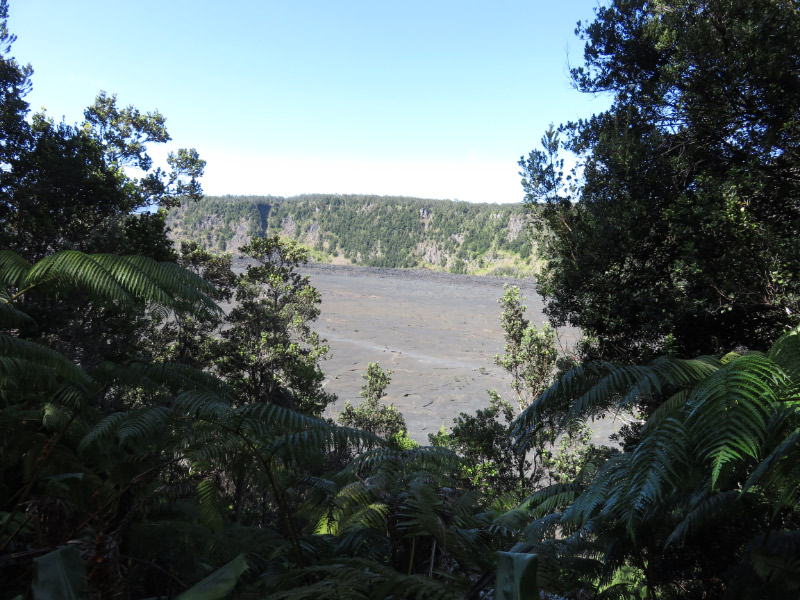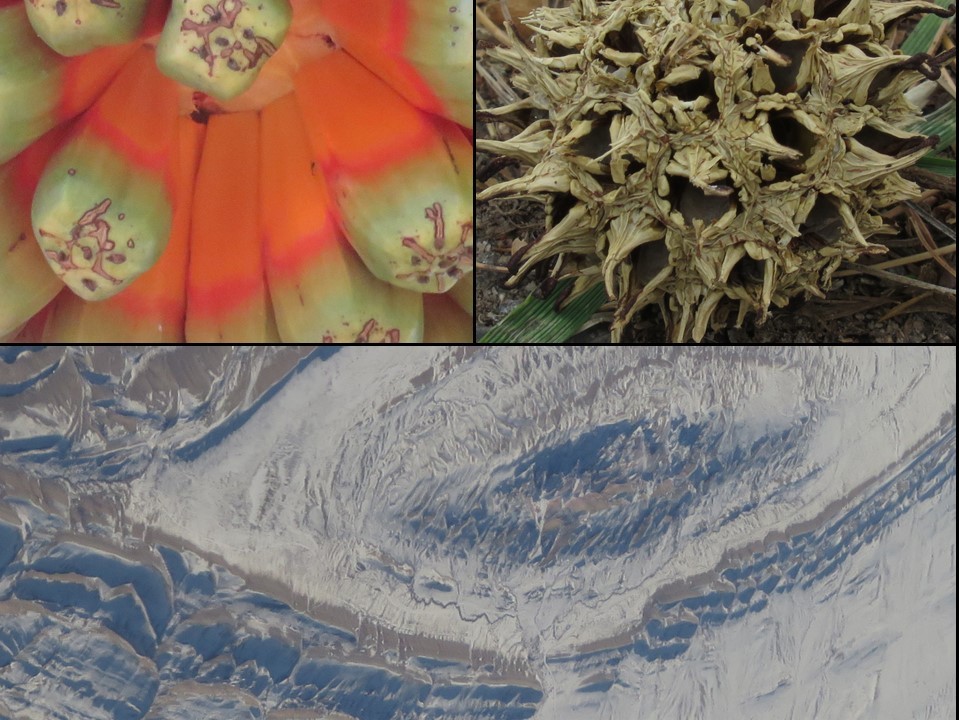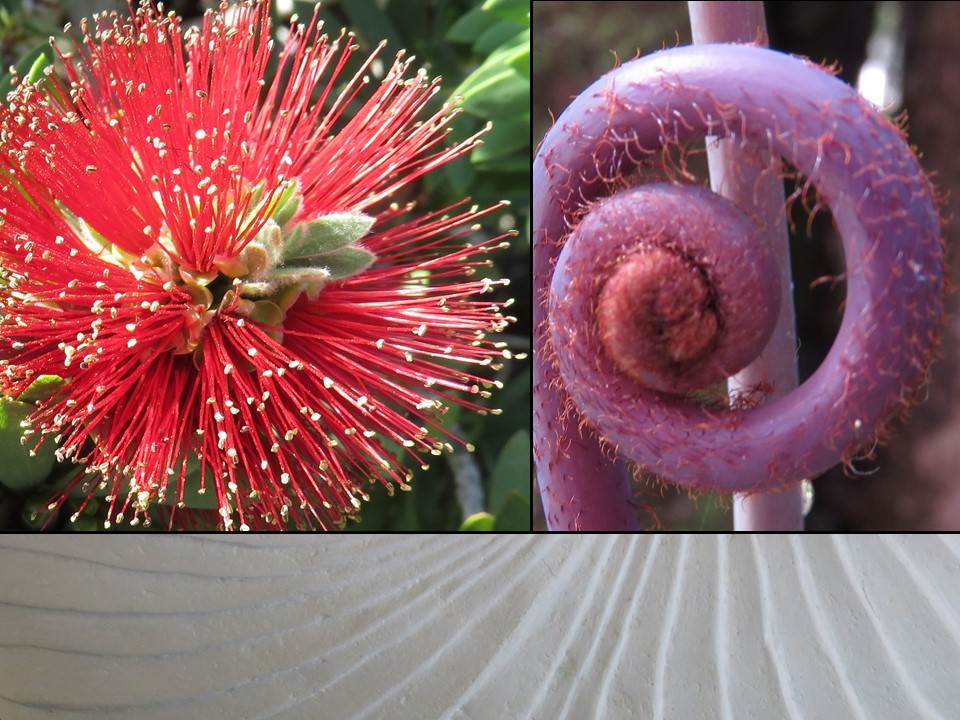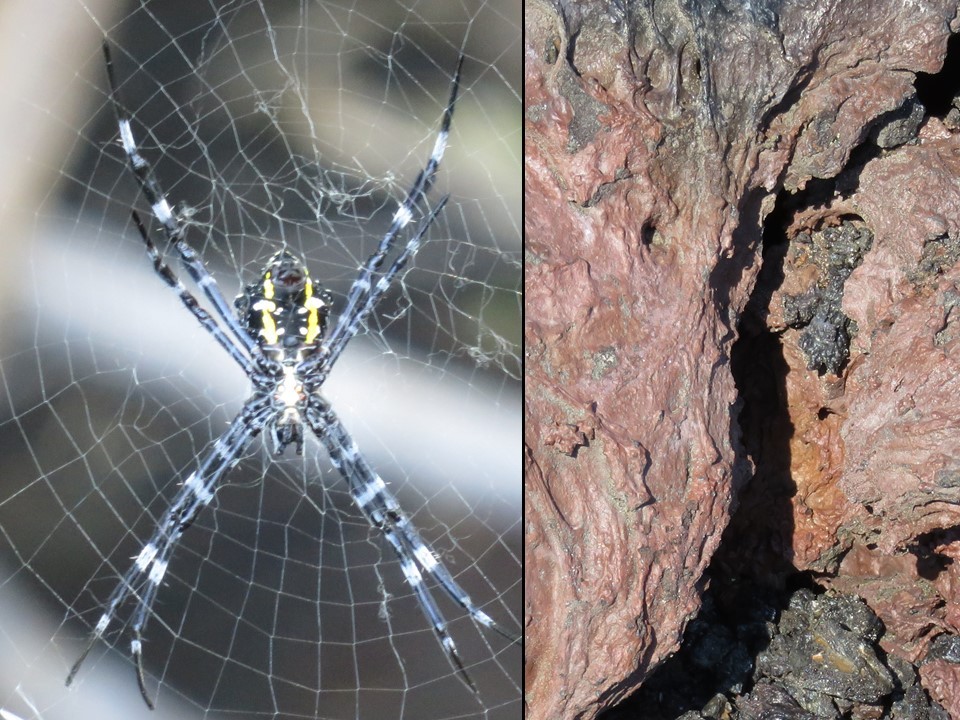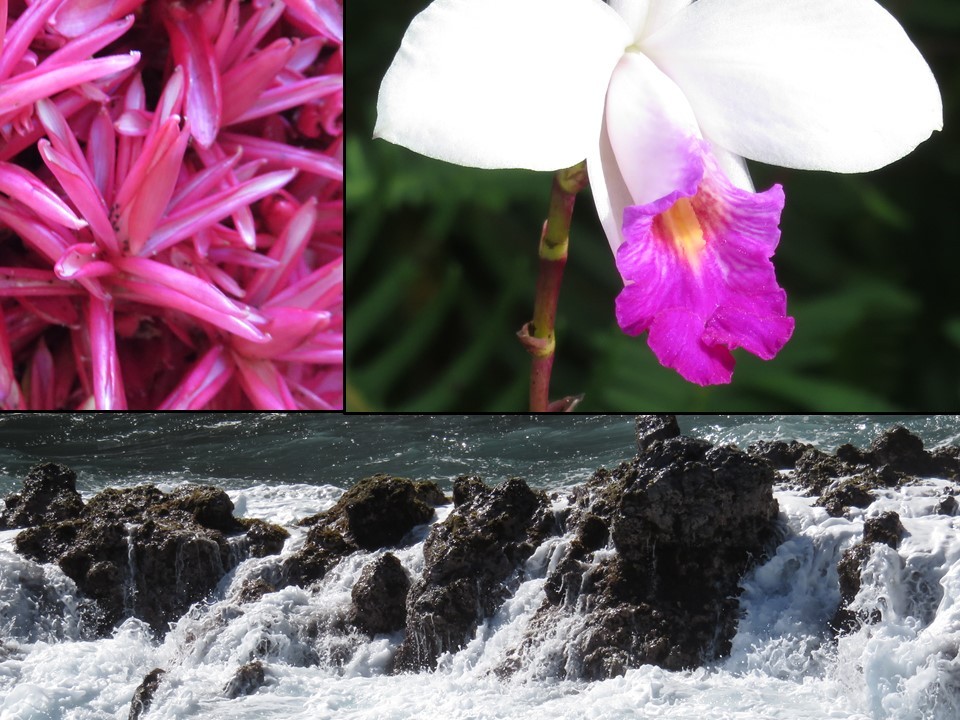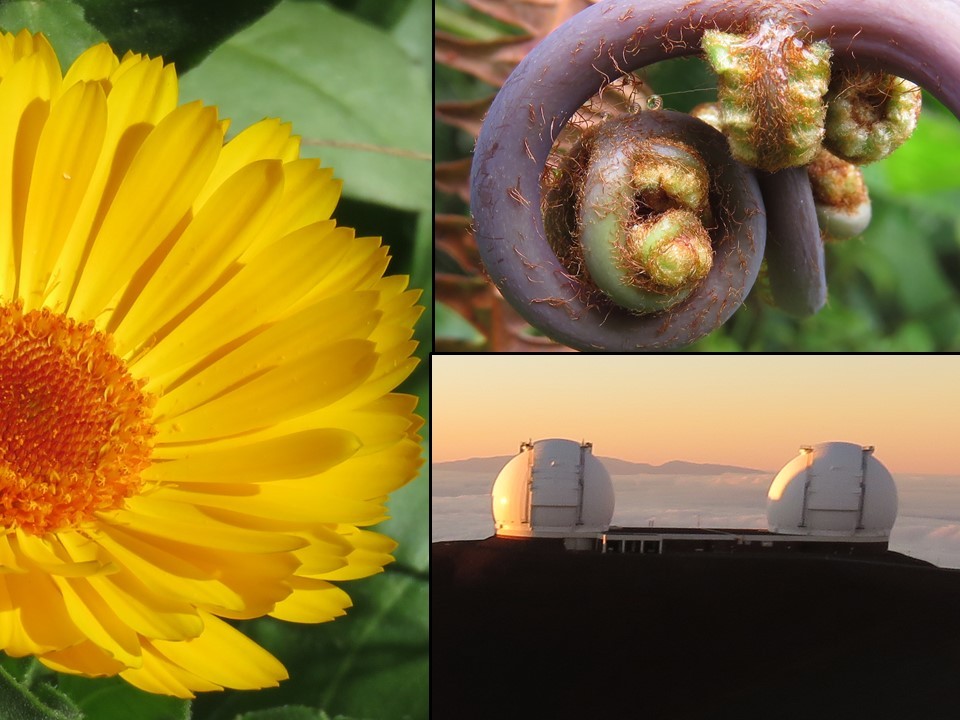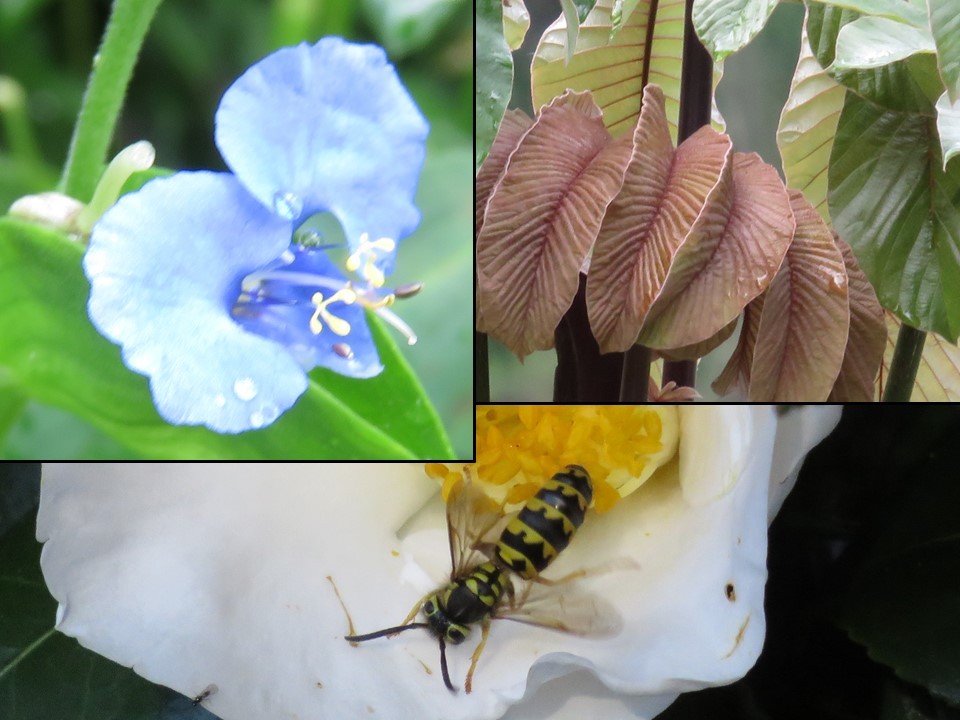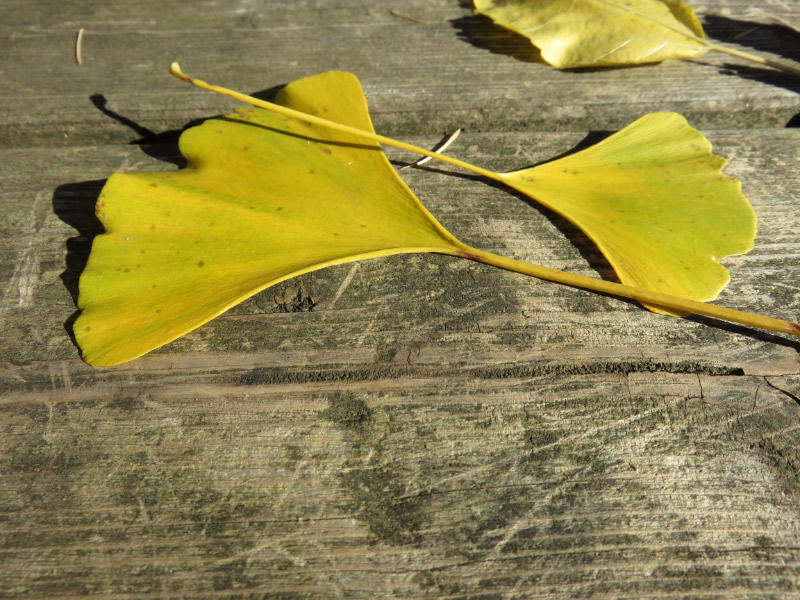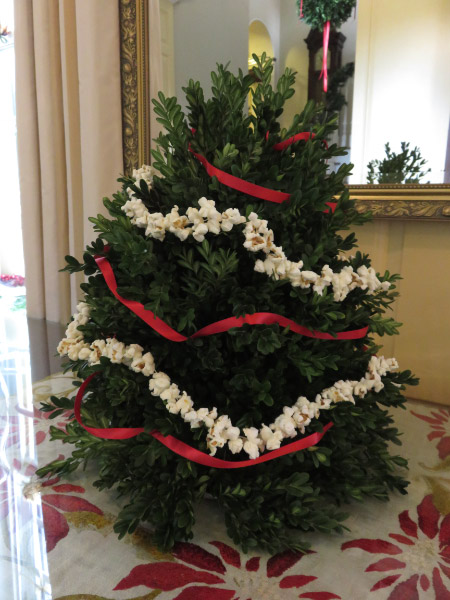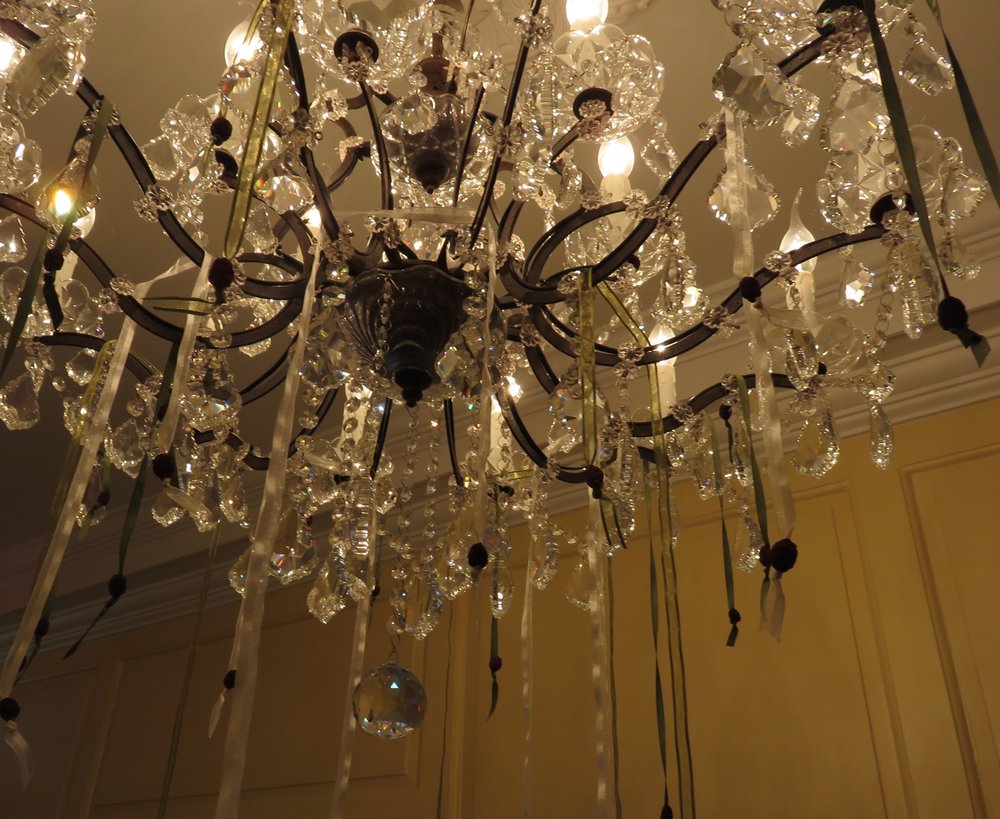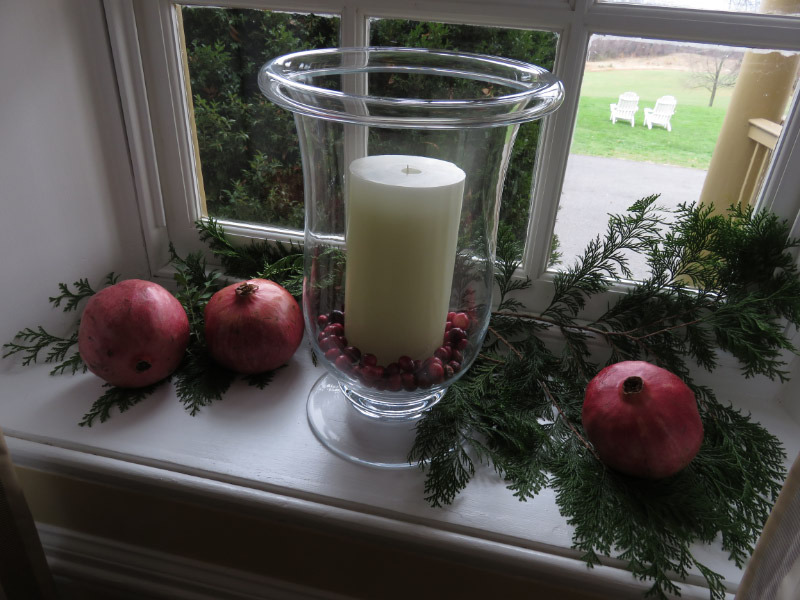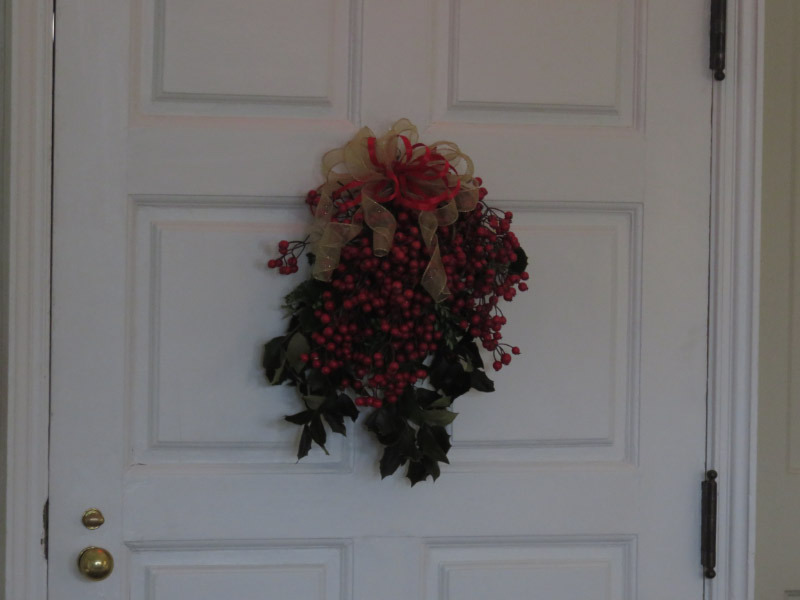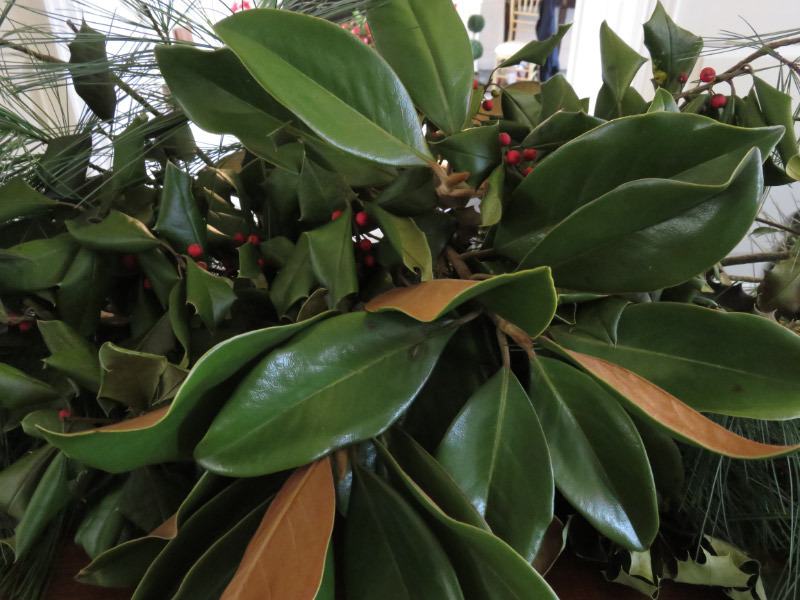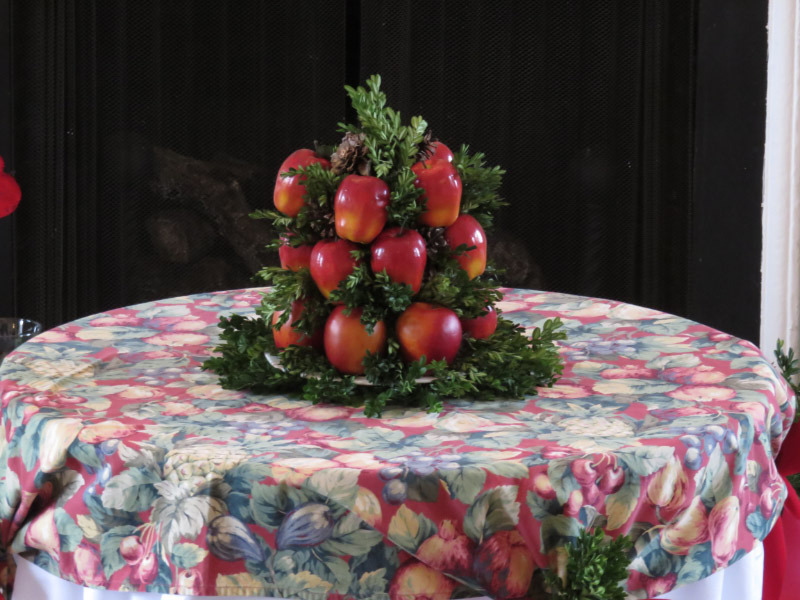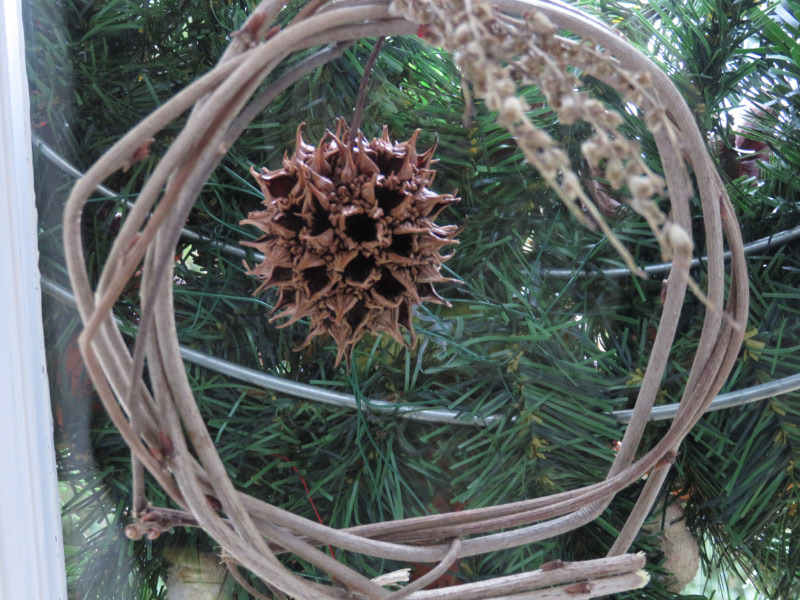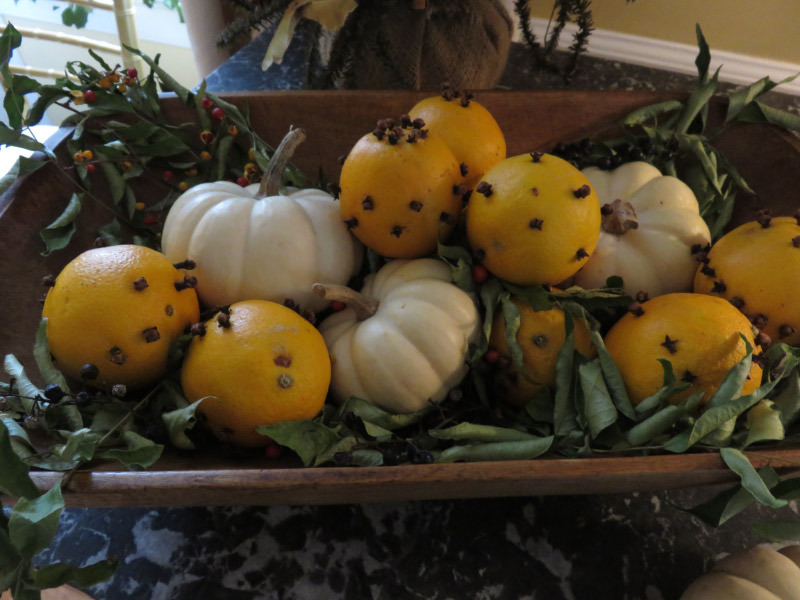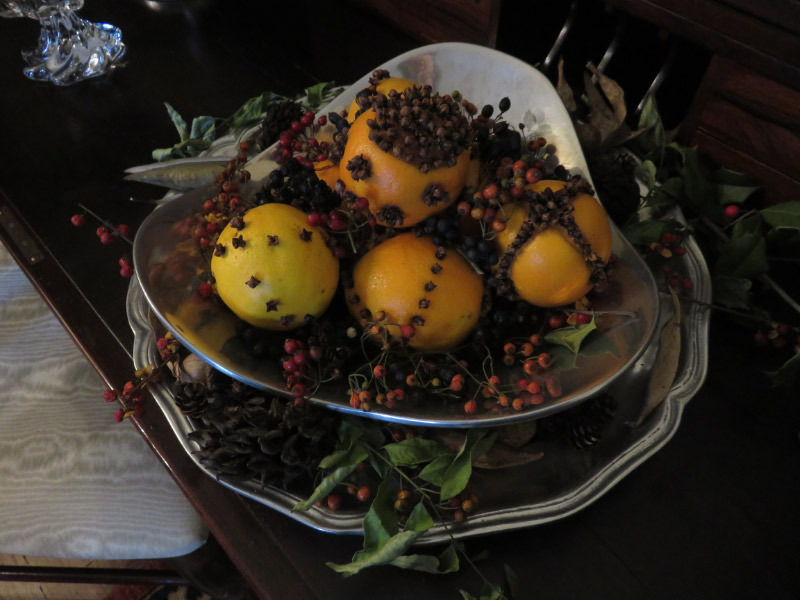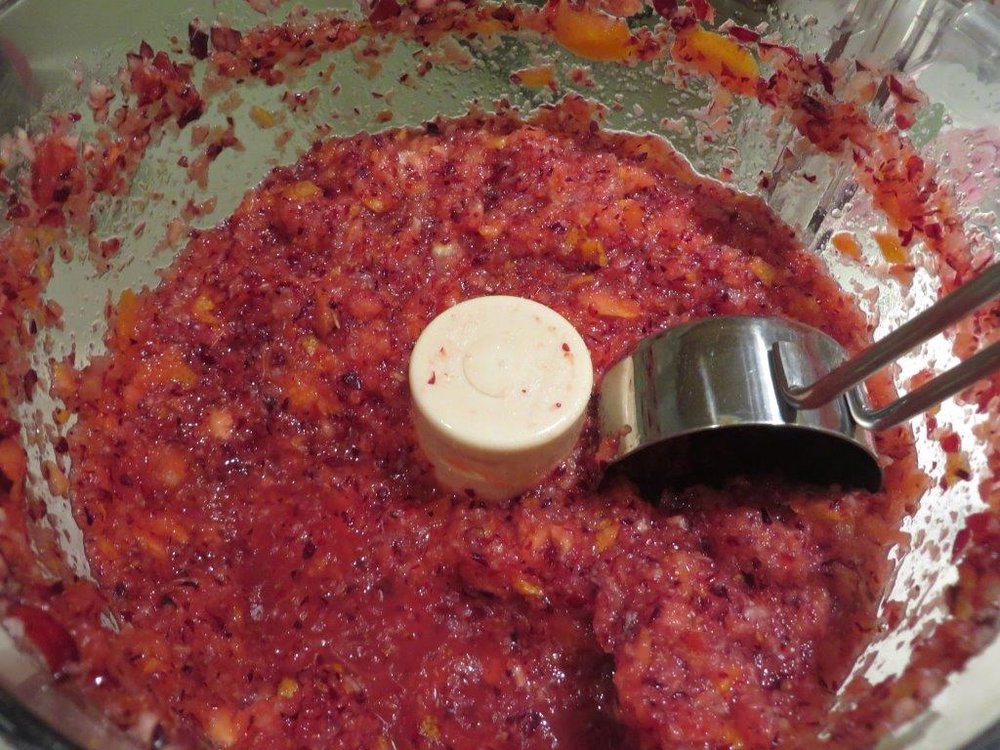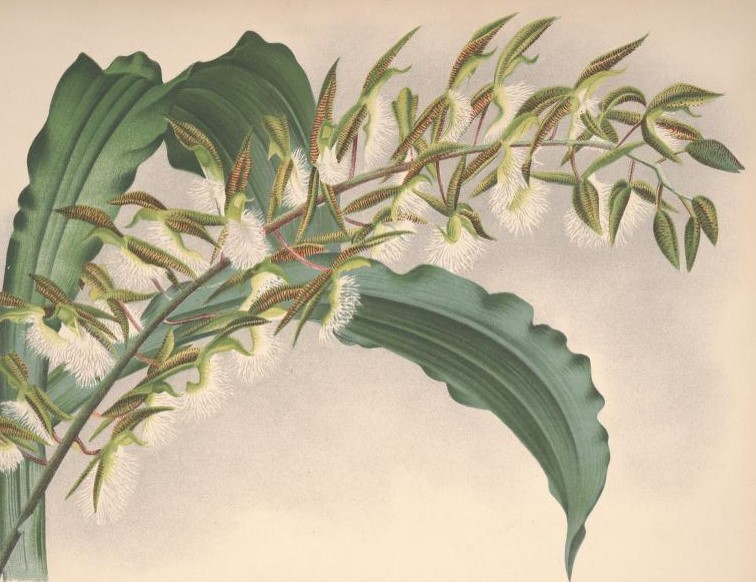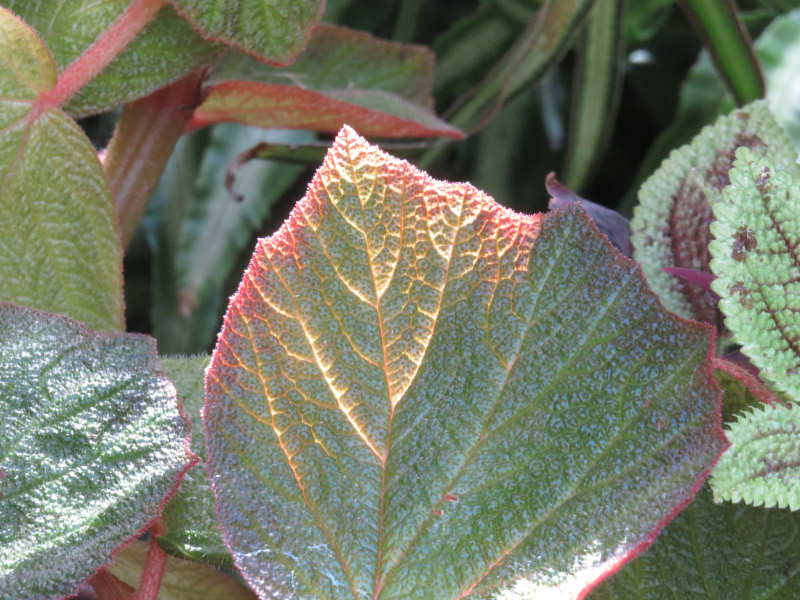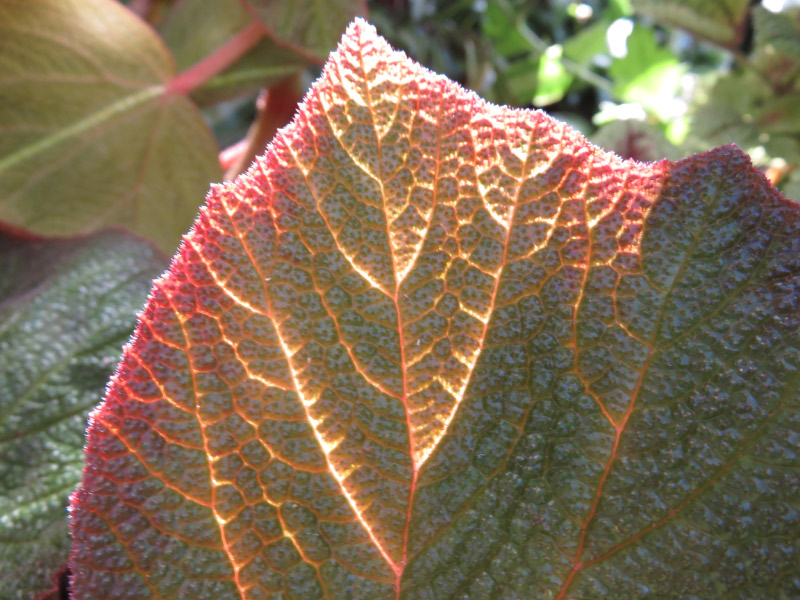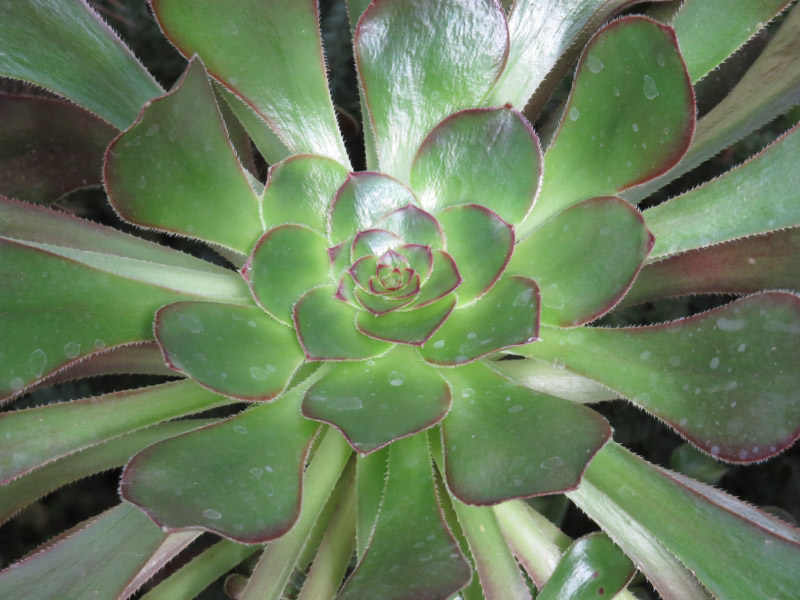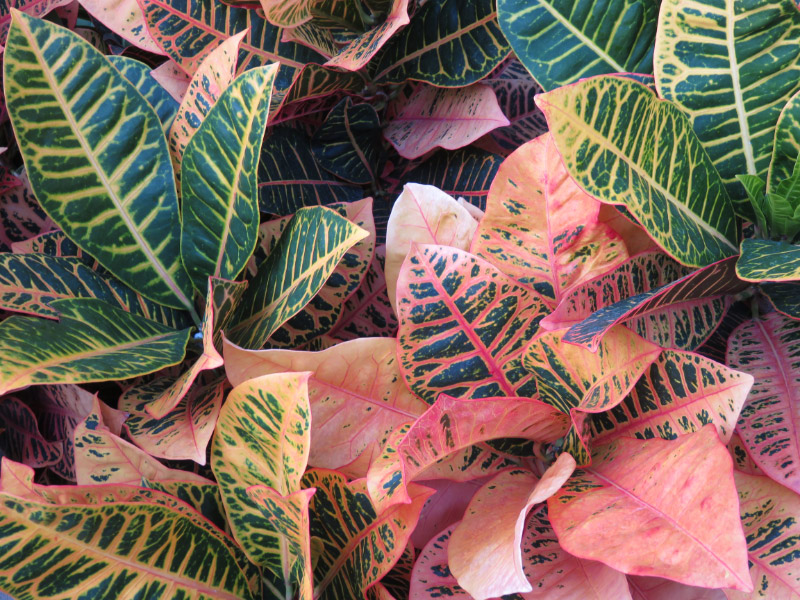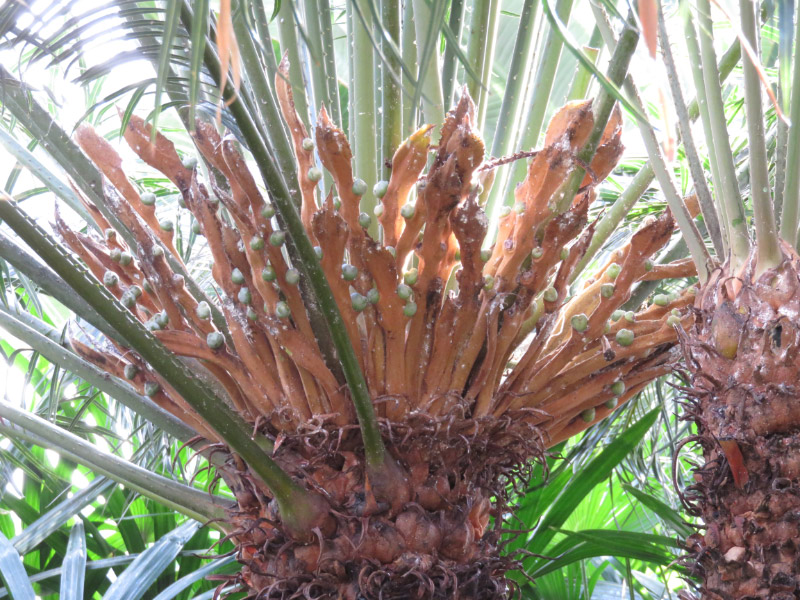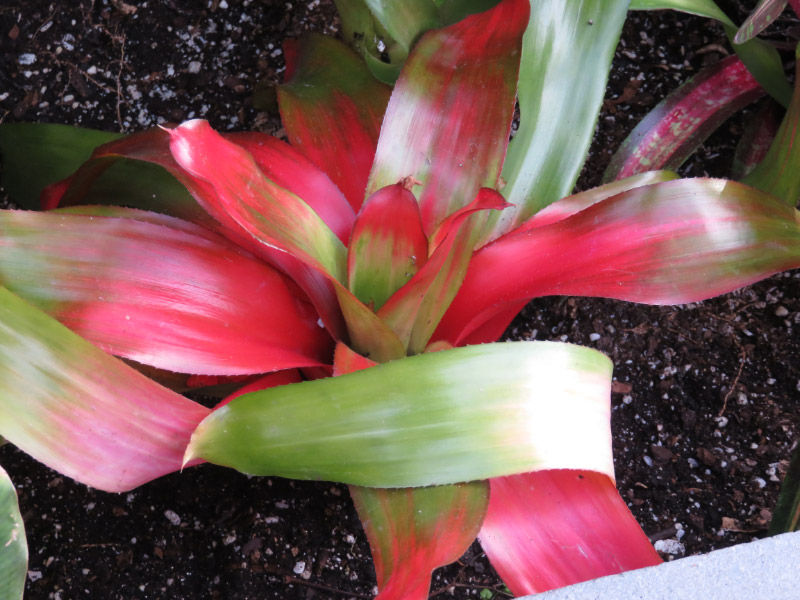Noticing something worth celebration each day is an easy thing for me to do. The habit of writing it down reminds me to be grateful for these and a myriad of other things in my life. Here are my top 10 for November 2015.
Like October several celebrations involved the volunteering I do with the Howard County Conservancy. There were several types of volunteering this month and it was a grand finale to the season for me:
Fall hikes for 2nd graders. This is the last season for the soil hike for 2nd graders because of curriculum changes. I celebrated every hike that I did because the hike is such a favorite with the children and they participate so enthusiastically – getting their hands dirty learning about soil.
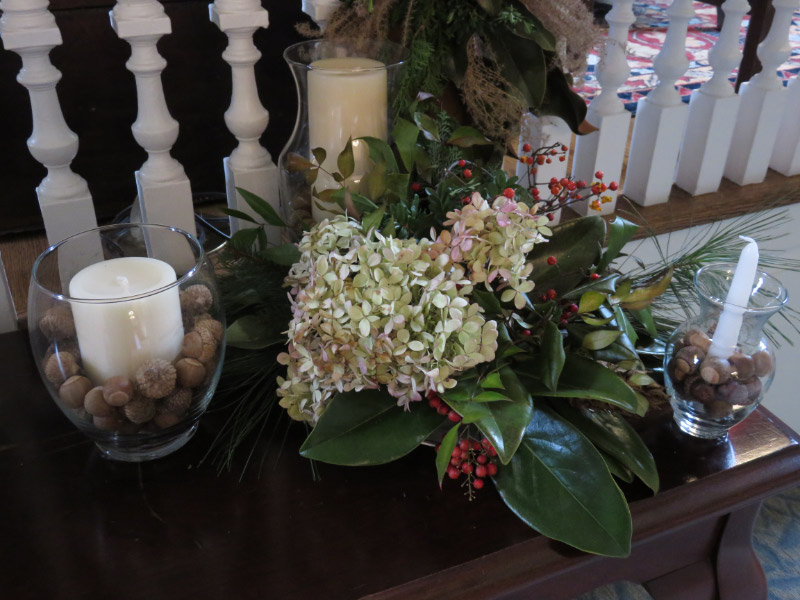 Belmont Colonial Holiday Celebration. The event is the beginning of the season for me and it gets me in the mood to decorate…to cook…to enjoy the people I am with.
Belmont Colonial Holiday Celebration. The event is the beginning of the season for me and it gets me in the mood to decorate…to cook…to enjoy the people I am with.
Mailing Party. The ‘party’ to stuff envelopes with the annual accomplishments and request donations for the Howard County Conservancy is a ‘once a year’ volunteer event. We all are work madly for 3+ hours…but there is a lot of laughter and sharing of stories while we work. This time we took a break for a delicious Italian food lunch and then got back to work to finish everything. I celebrated the comradery and good food and getting it done!
I celebrated two ‘close to home places’ in November too:
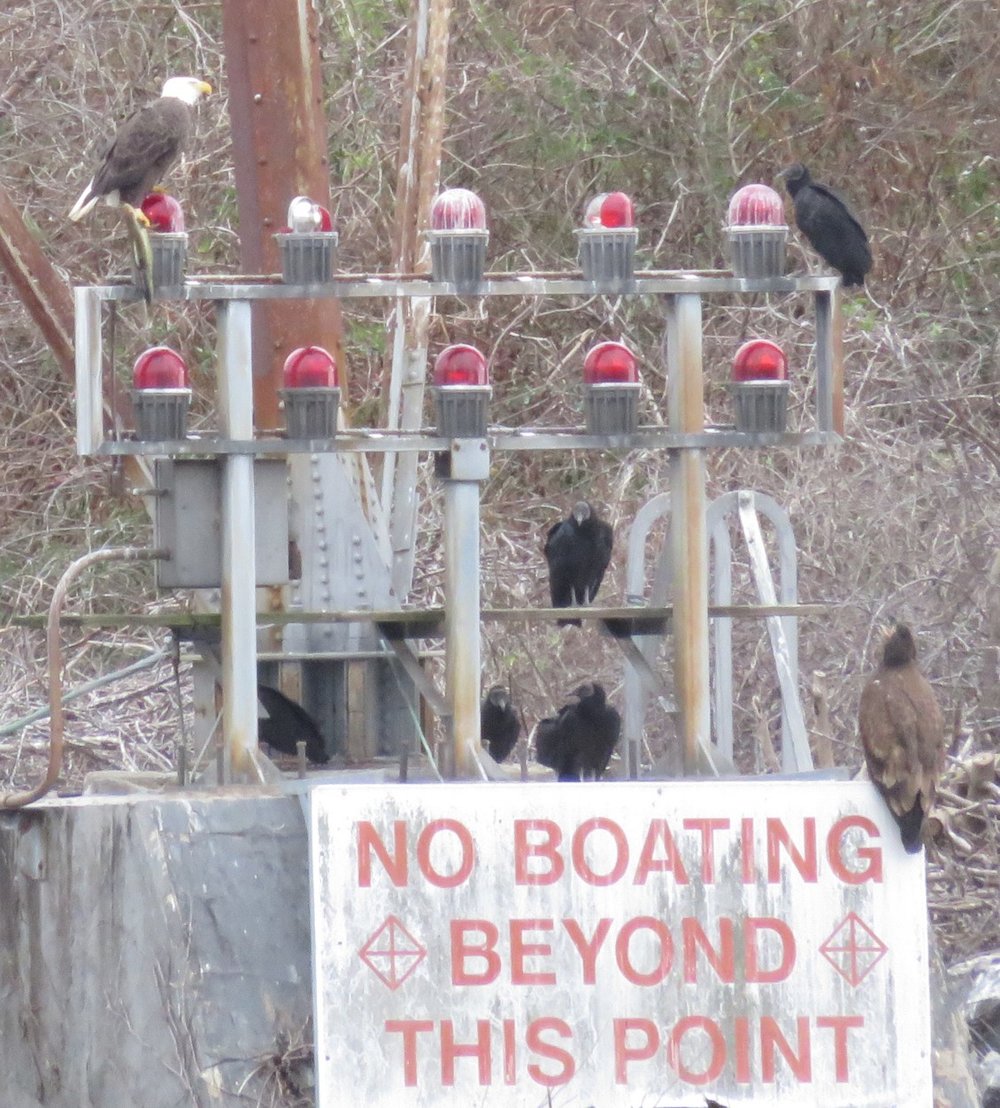 Conowingo. Seeing a Bald Eagle is always a celebration. They have made quite a comeback in the 30 years we’ve been on the east coast. I remember vividly the first time I saw one in the wild – at Blackwater Wildlife Refuge on the eastern shore of Maryland…in 1990. Now we go to Conowingo and consistently see many of them fishing in the river there.
Conowingo. Seeing a Bald Eagle is always a celebration. They have made quite a comeback in the 30 years we’ve been on the east coast. I remember vividly the first time I saw one in the wild – at Blackwater Wildlife Refuge on the eastern shore of Maryland…in 1990. Now we go to Conowingo and consistently see many of them fishing in the river there.
Brookside Gardens Conservatory. There is something special about every visit to Brookside. This time the highlight was seeing how they clean the glass top of the conservatory! I celebrate that we have a place like Brookside Gardens in our area.
And there were things at home that were good too:
A cold autumn day at home. Sometimes after being out and about almost every day – I celebrate a day at home. This month it came on a very cold day and I celebrated that I could stay indoors! There will be many more cold days soon but in November they are still ‘new.’
Wind blowing the leaves off the lawn. I had to rake quite a few of the leaves on our lawn but some of them were carried by the wind into the forest where they will decompose and nourish the forest. Hurray for the raking effect of the wind!
And 3 more celebrations to round out the 10 for November:
The Martian. I celebrated a going to a theater…and seeing a good movie!
No cavities. I had a dental checkup this month and I thought for sure I had a cavity on one of my front teeth…but it was only a stain! They polished the stain off….and I celebrated all the way home.
Getting things done on my list. Sometimes I move items from one day to next….then I have a day that everything gets done…and I celebrate that discipline comes to the fore!
